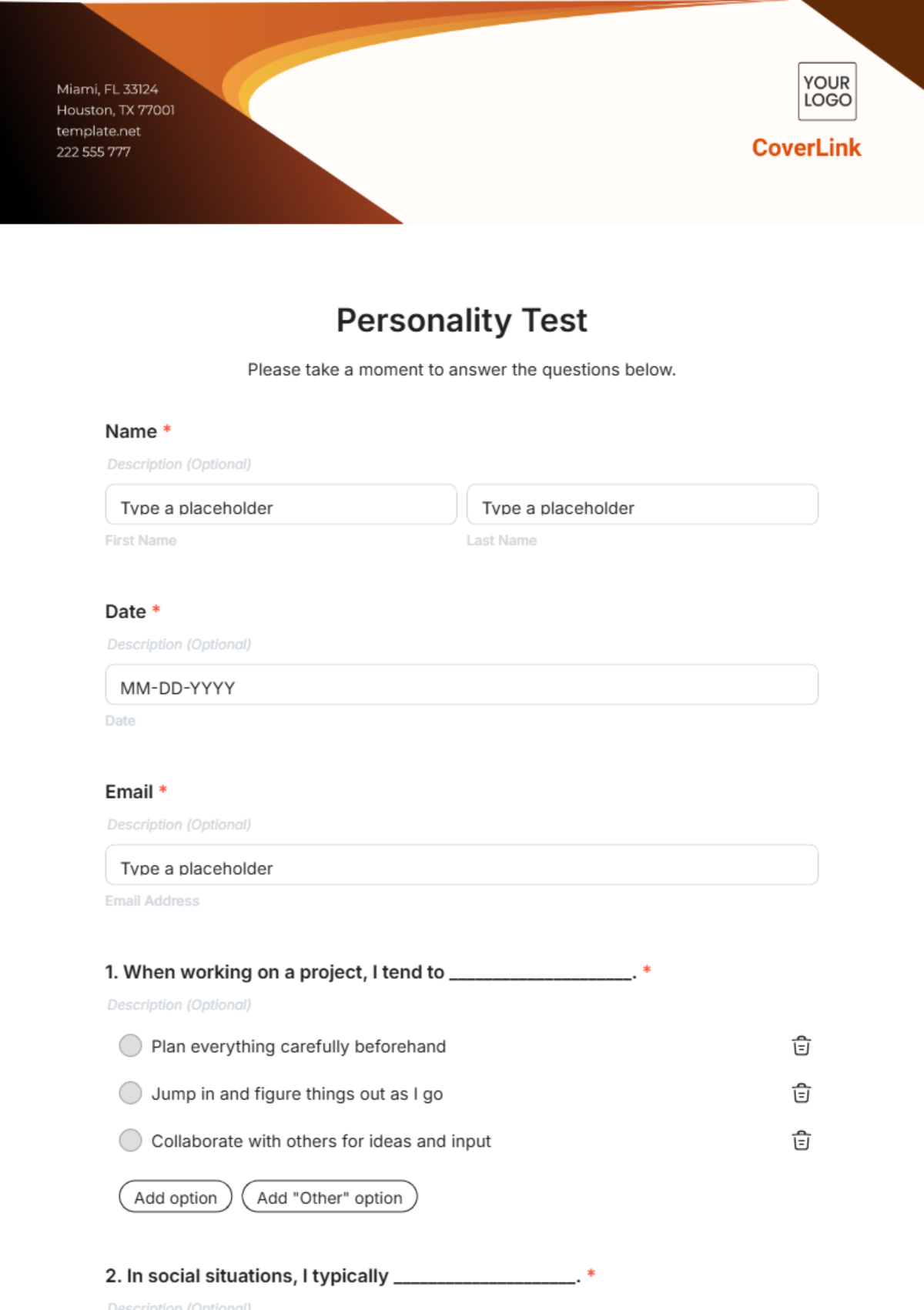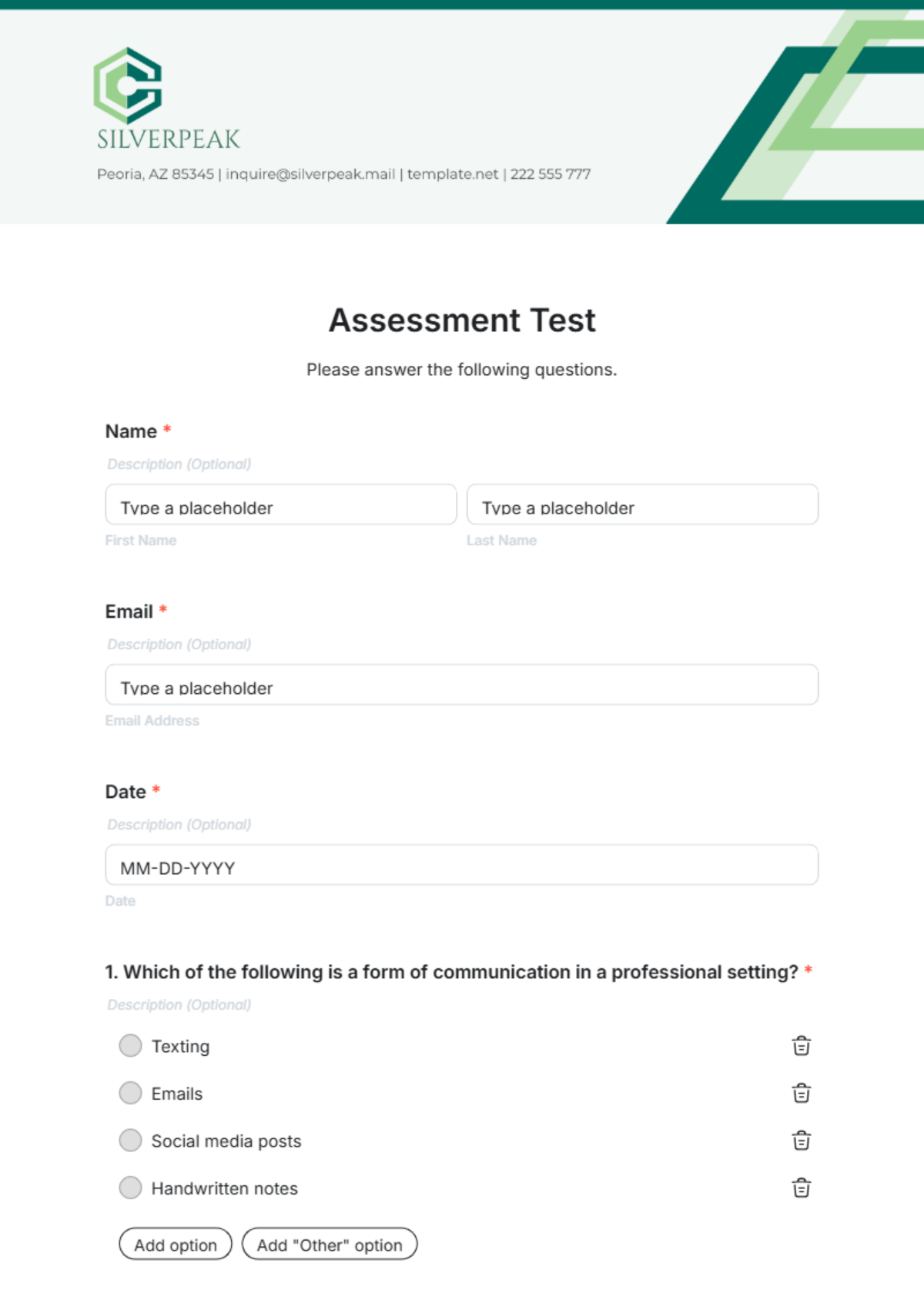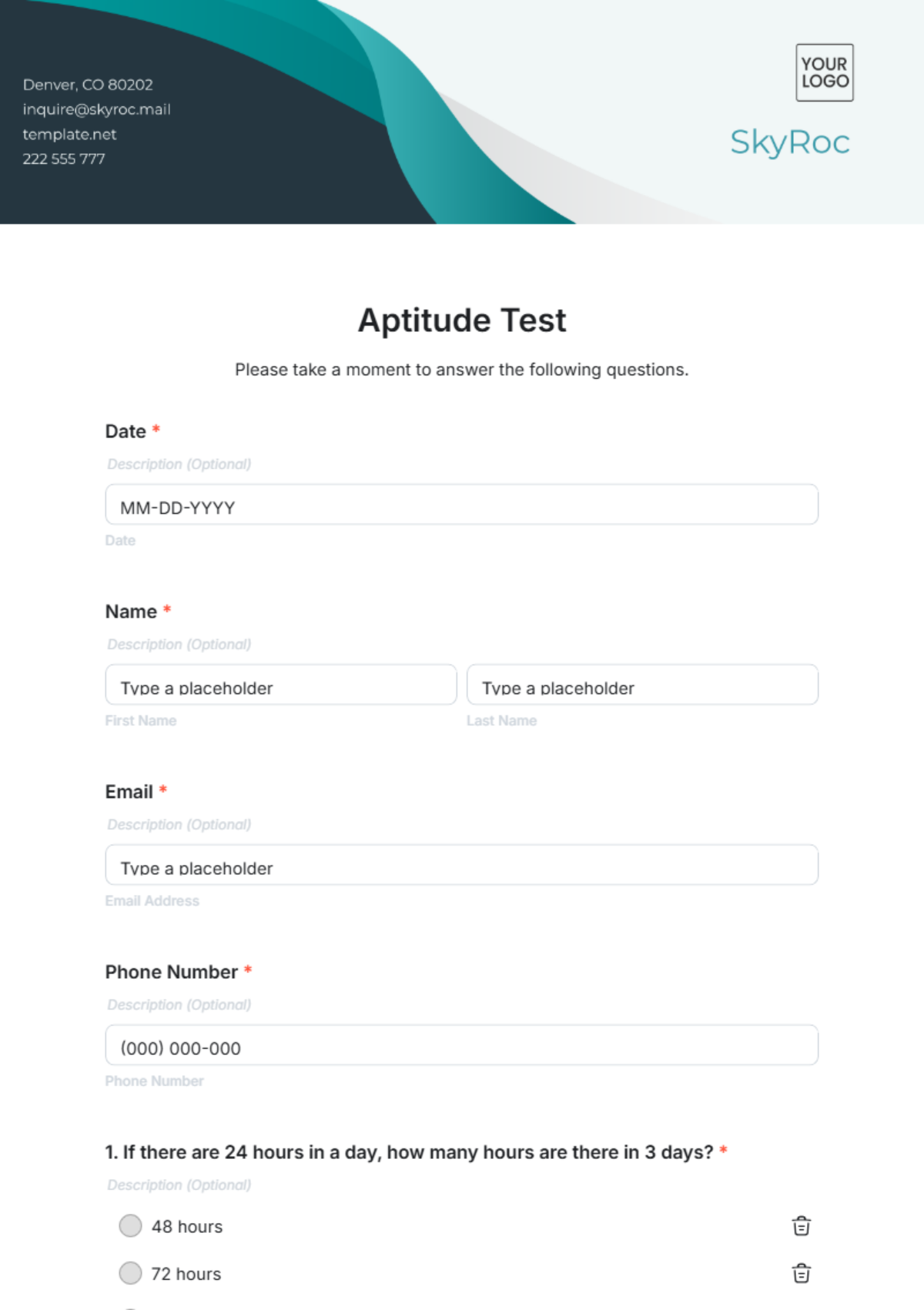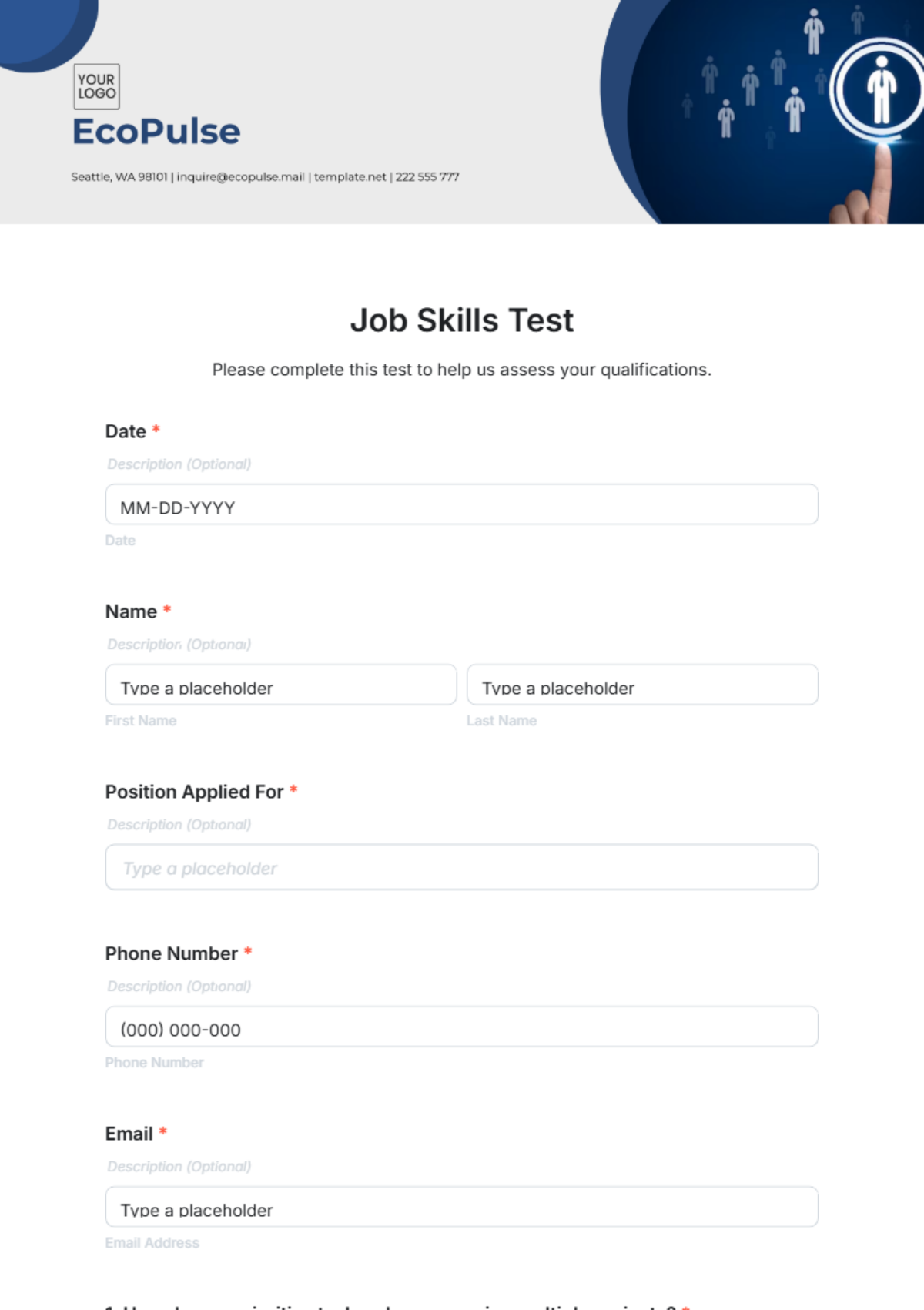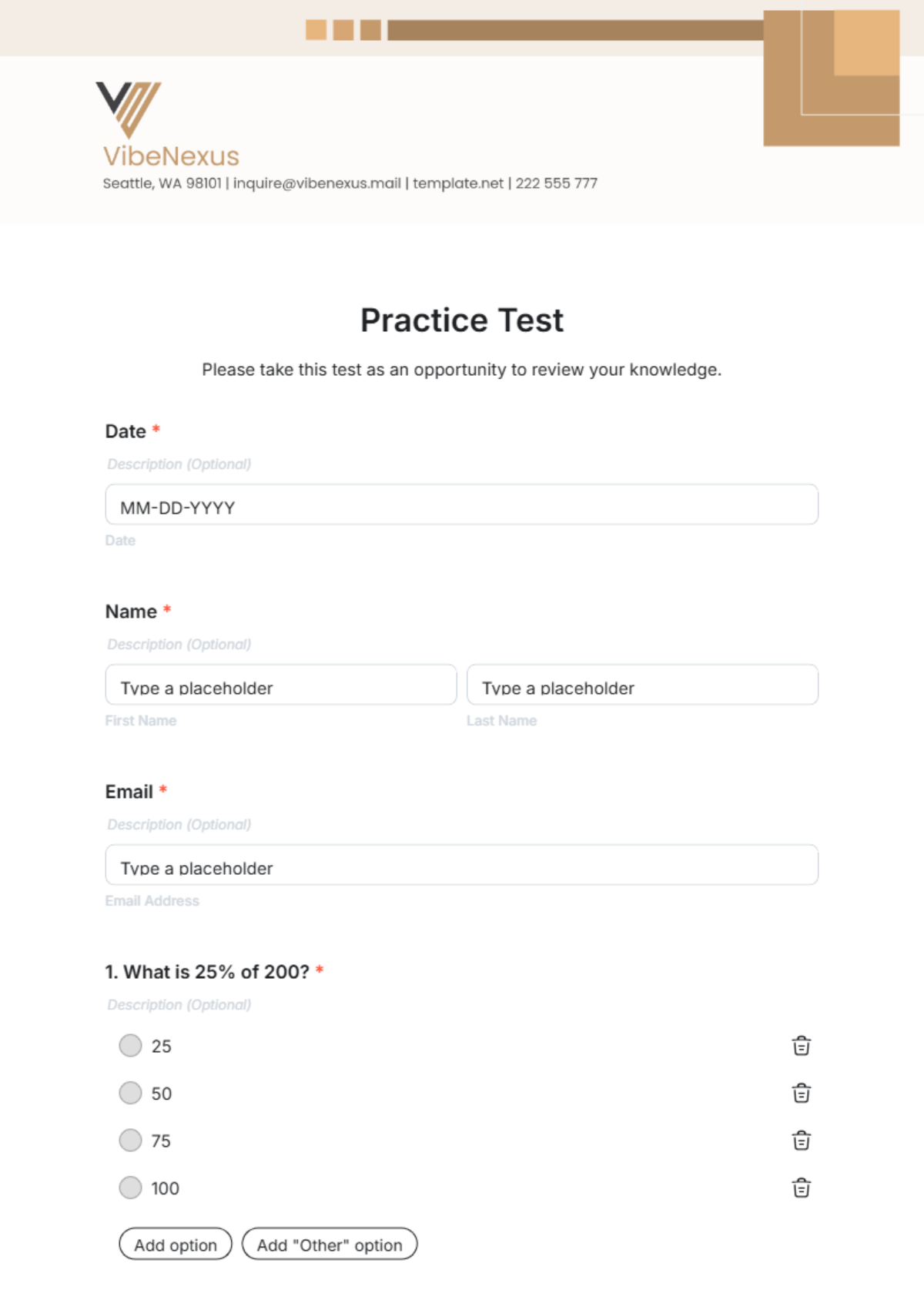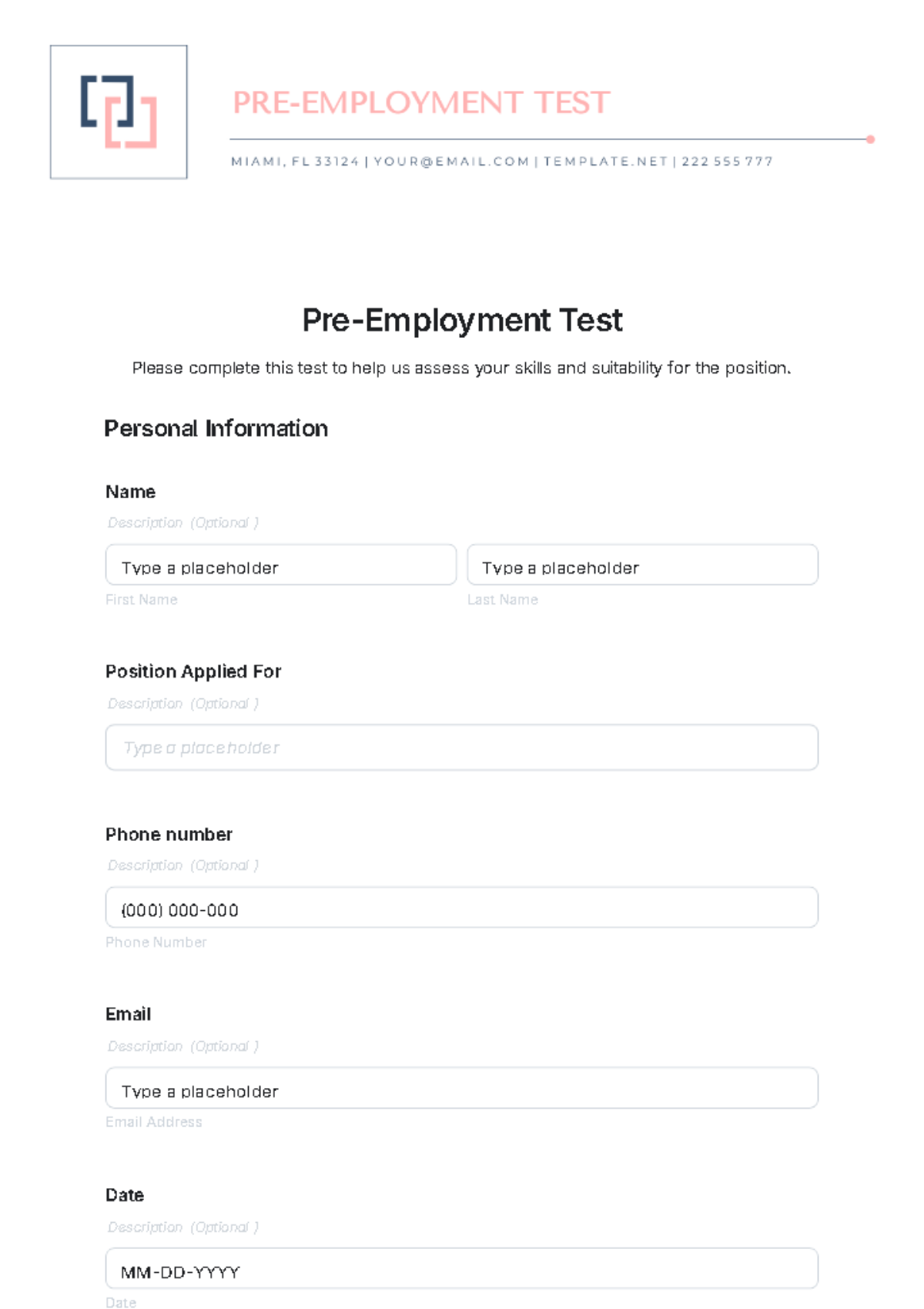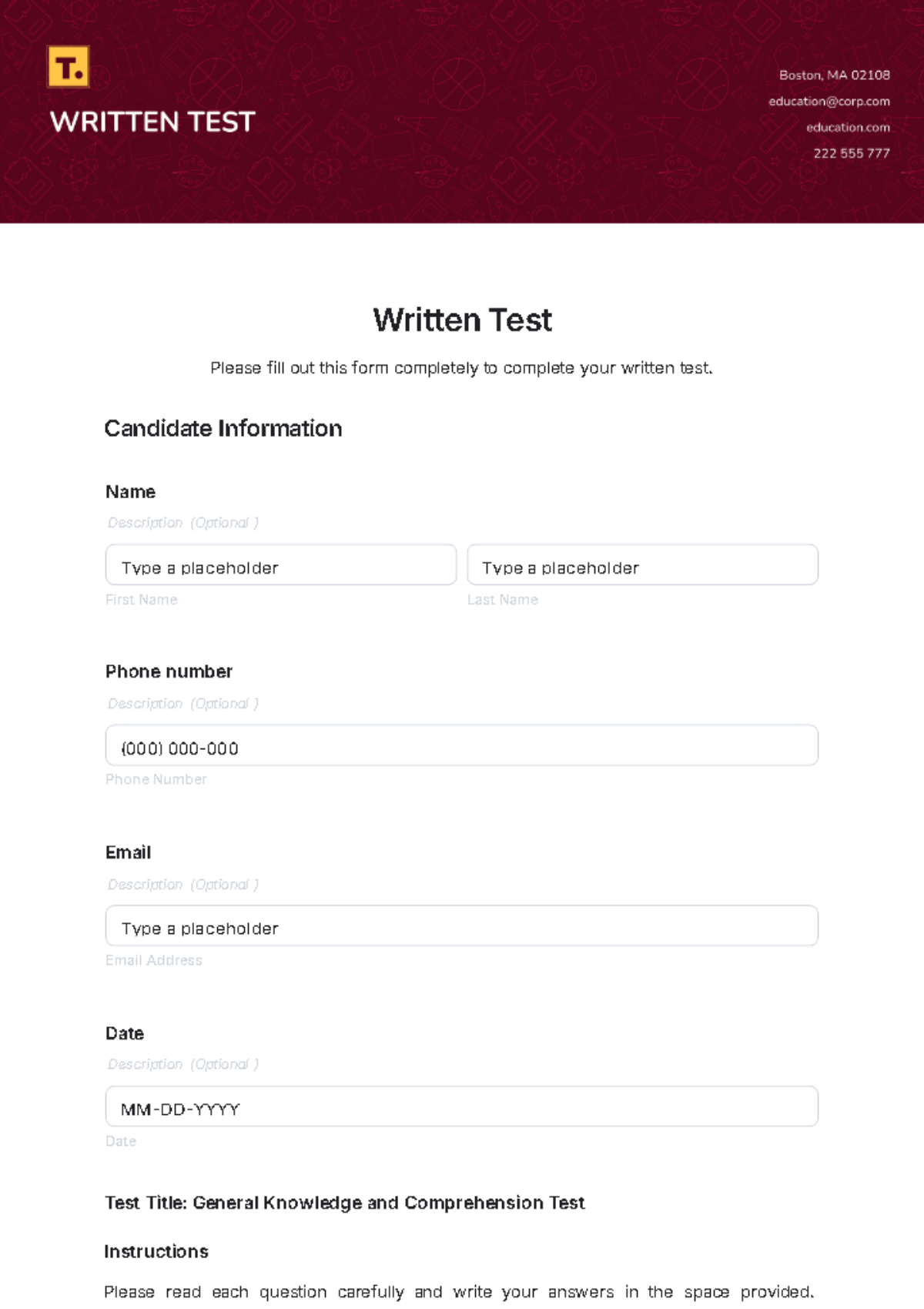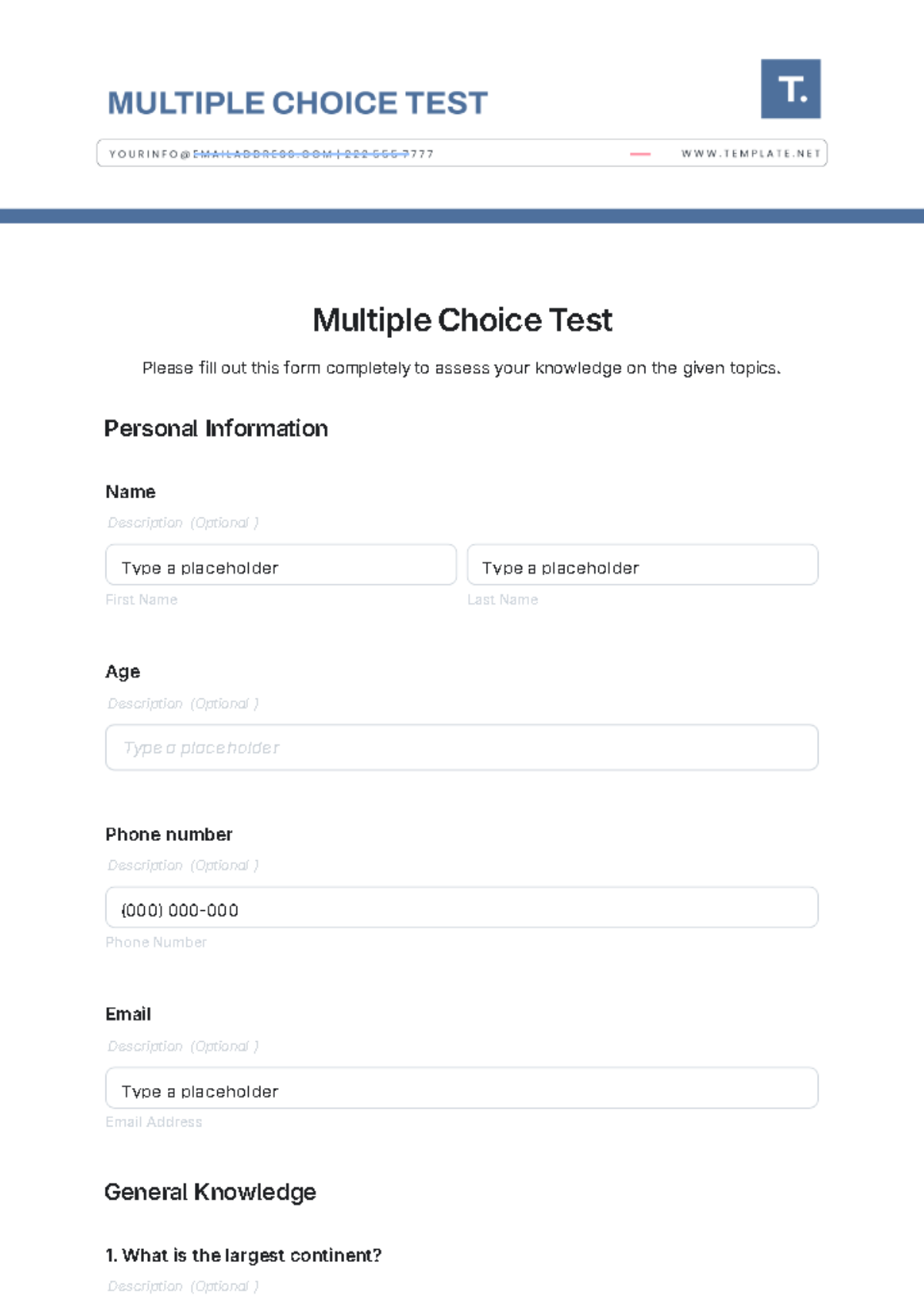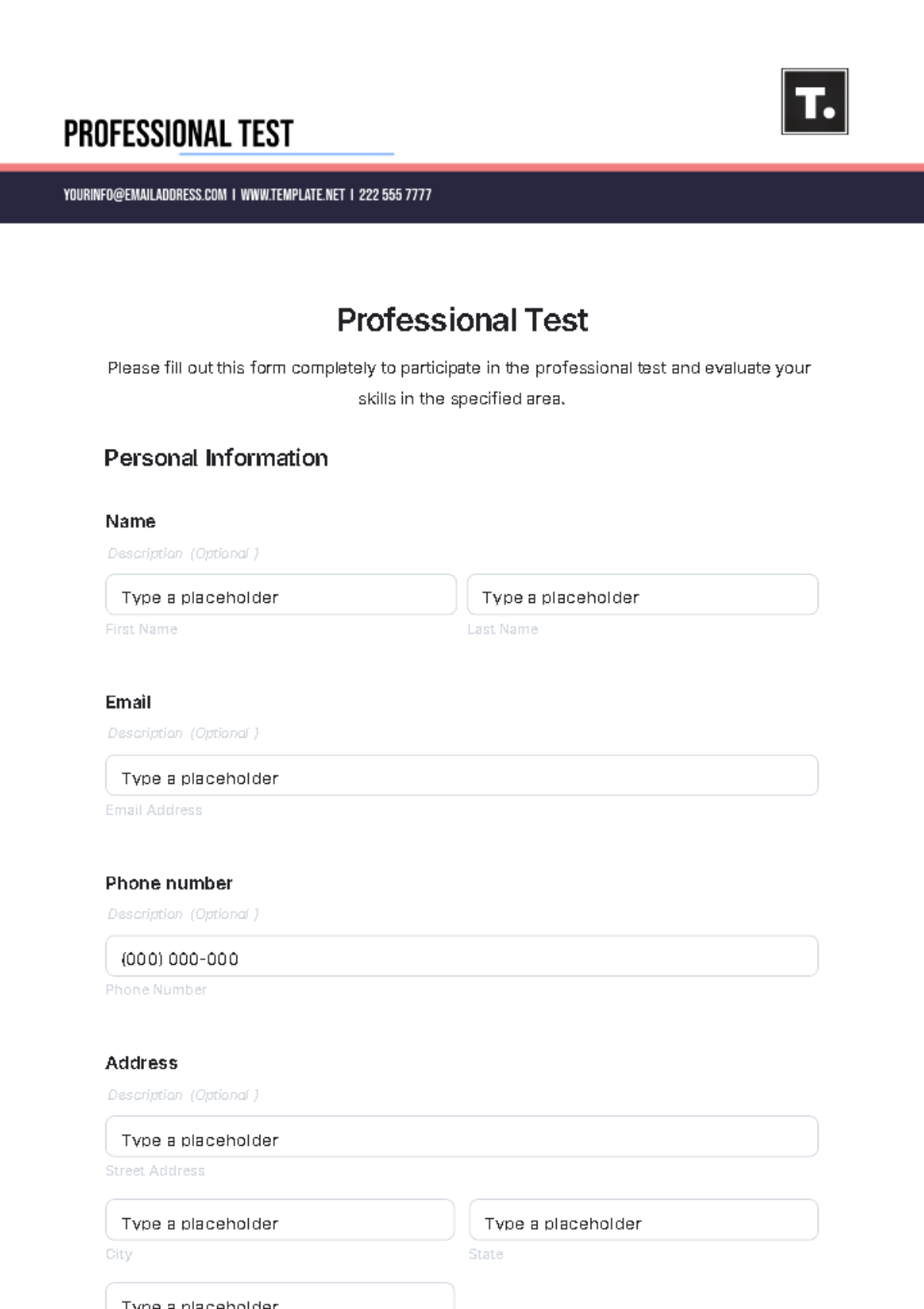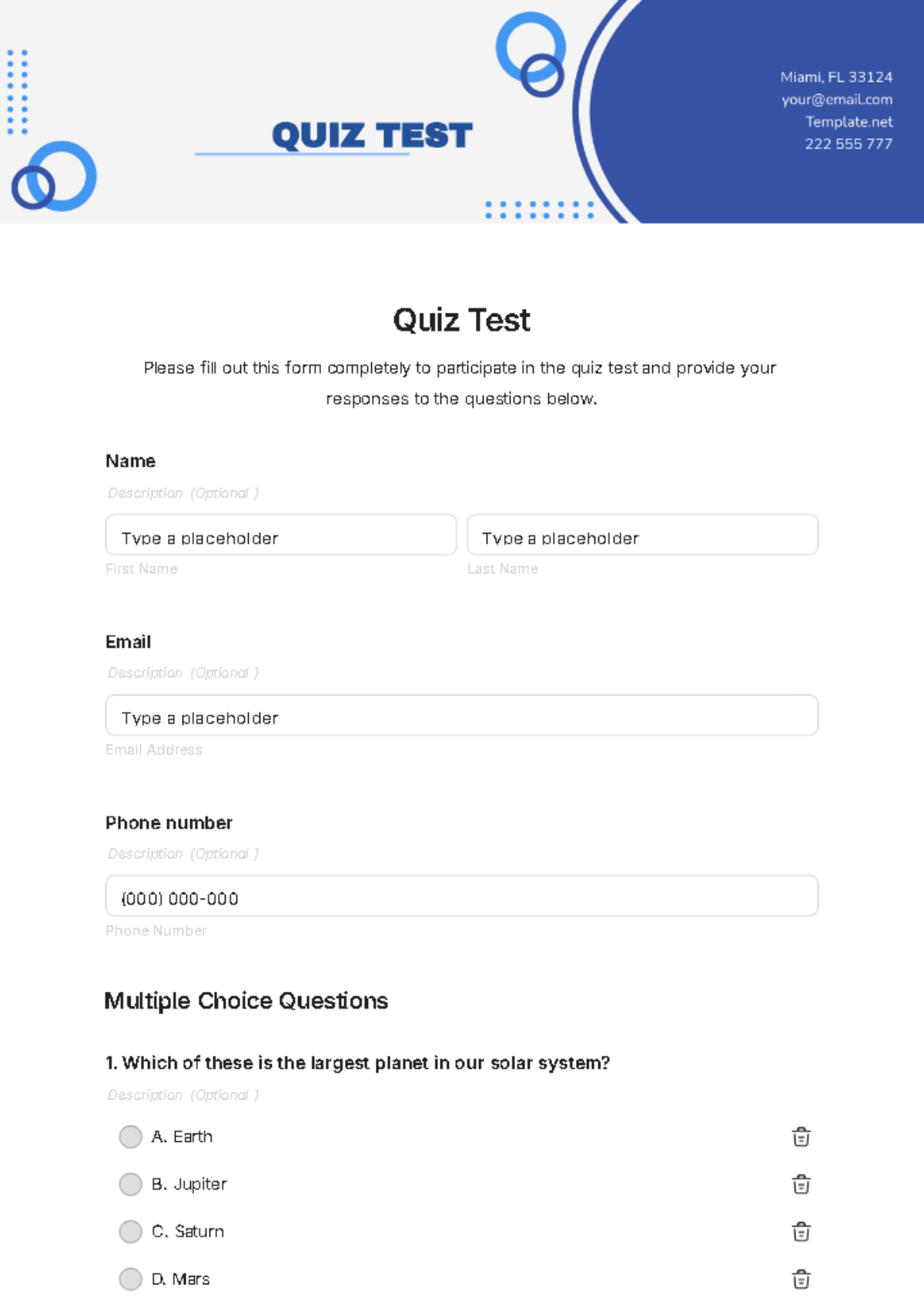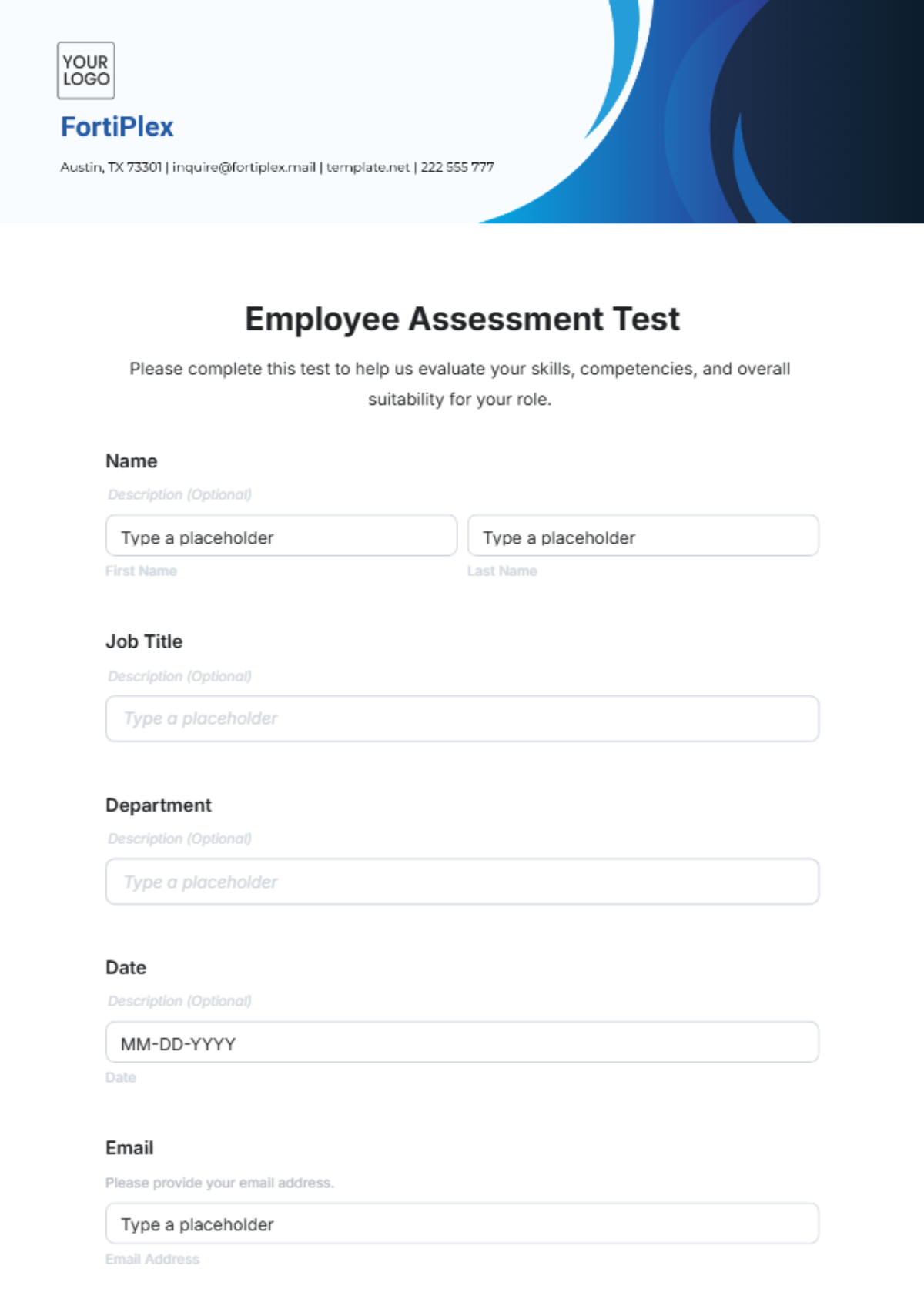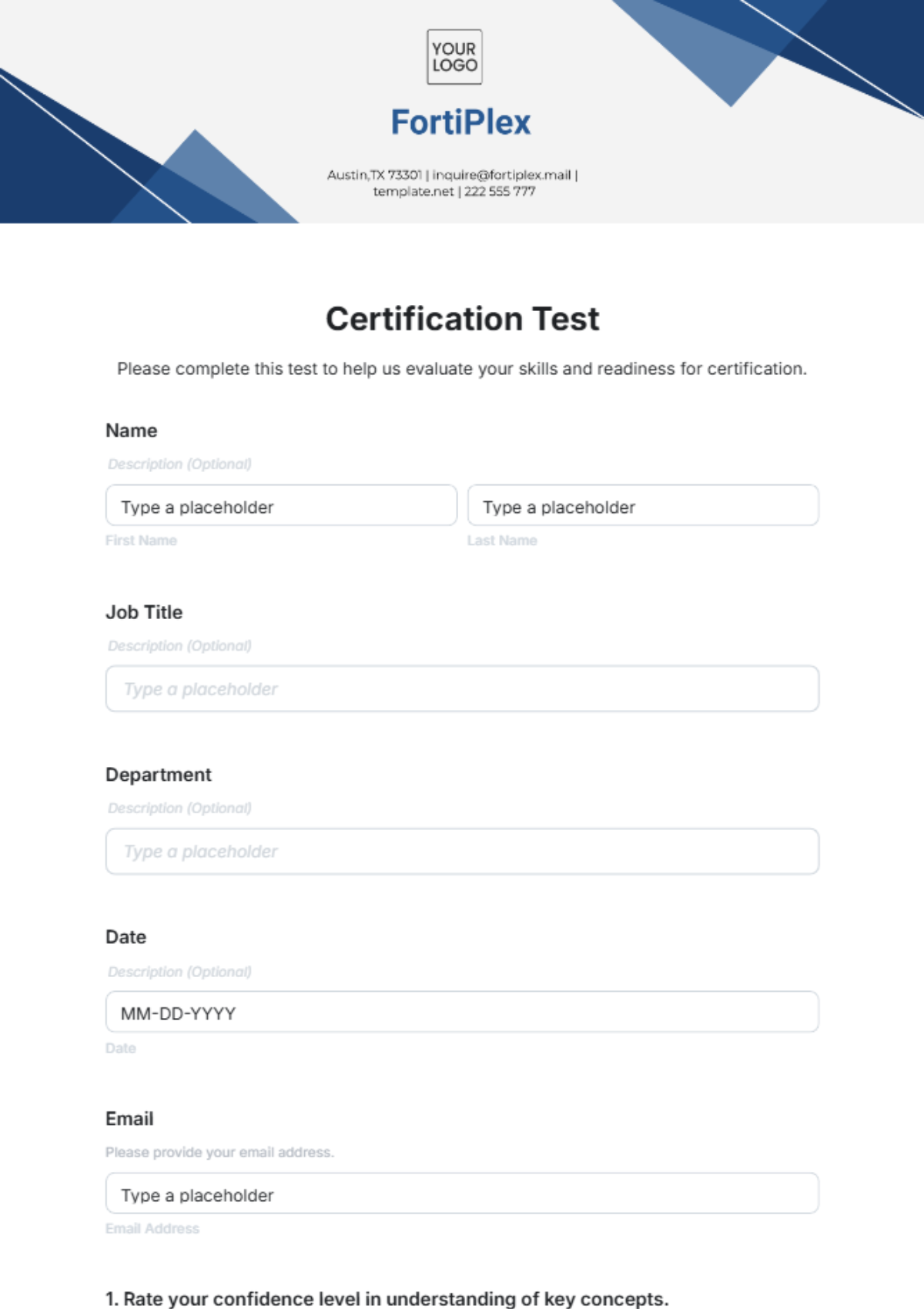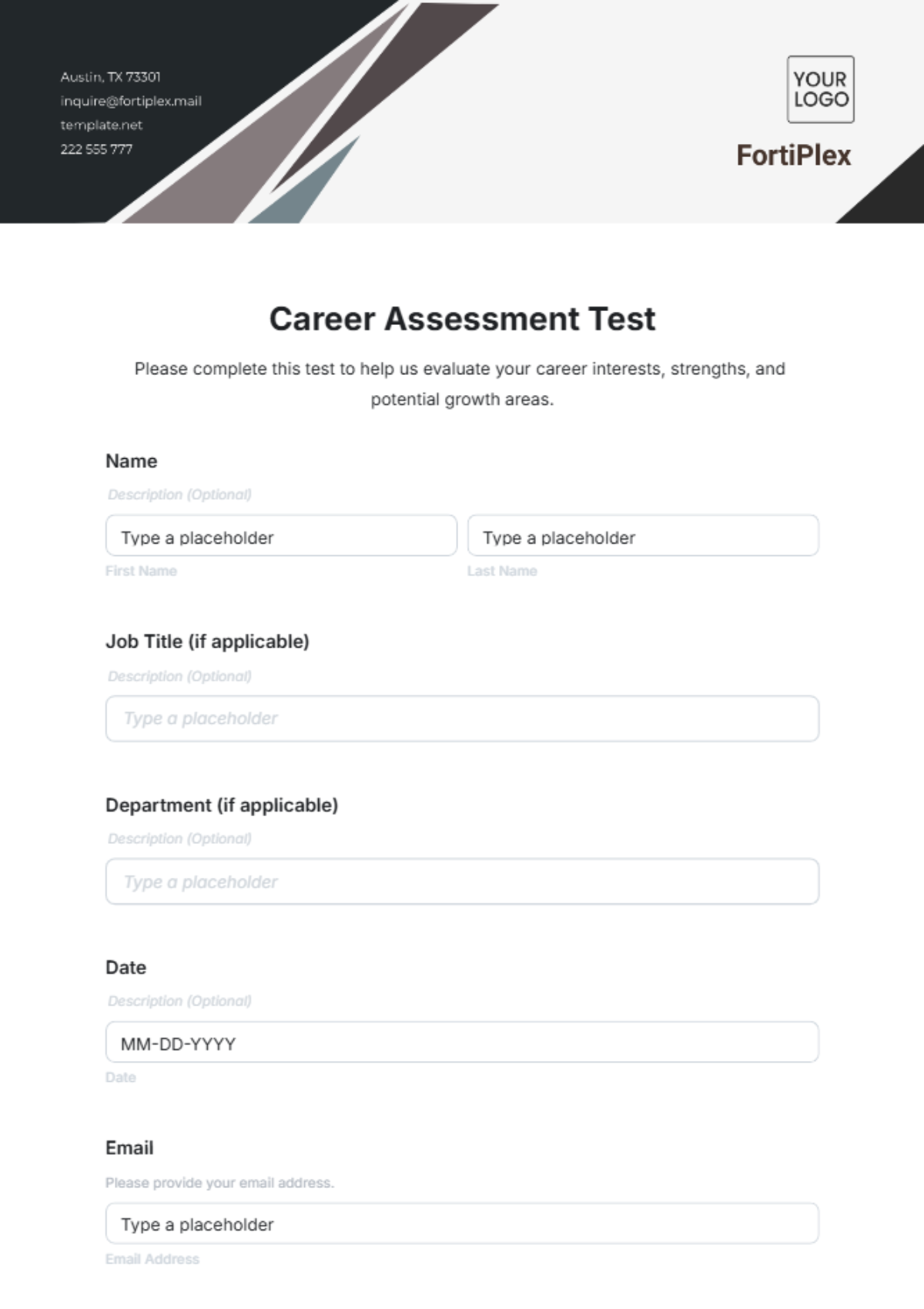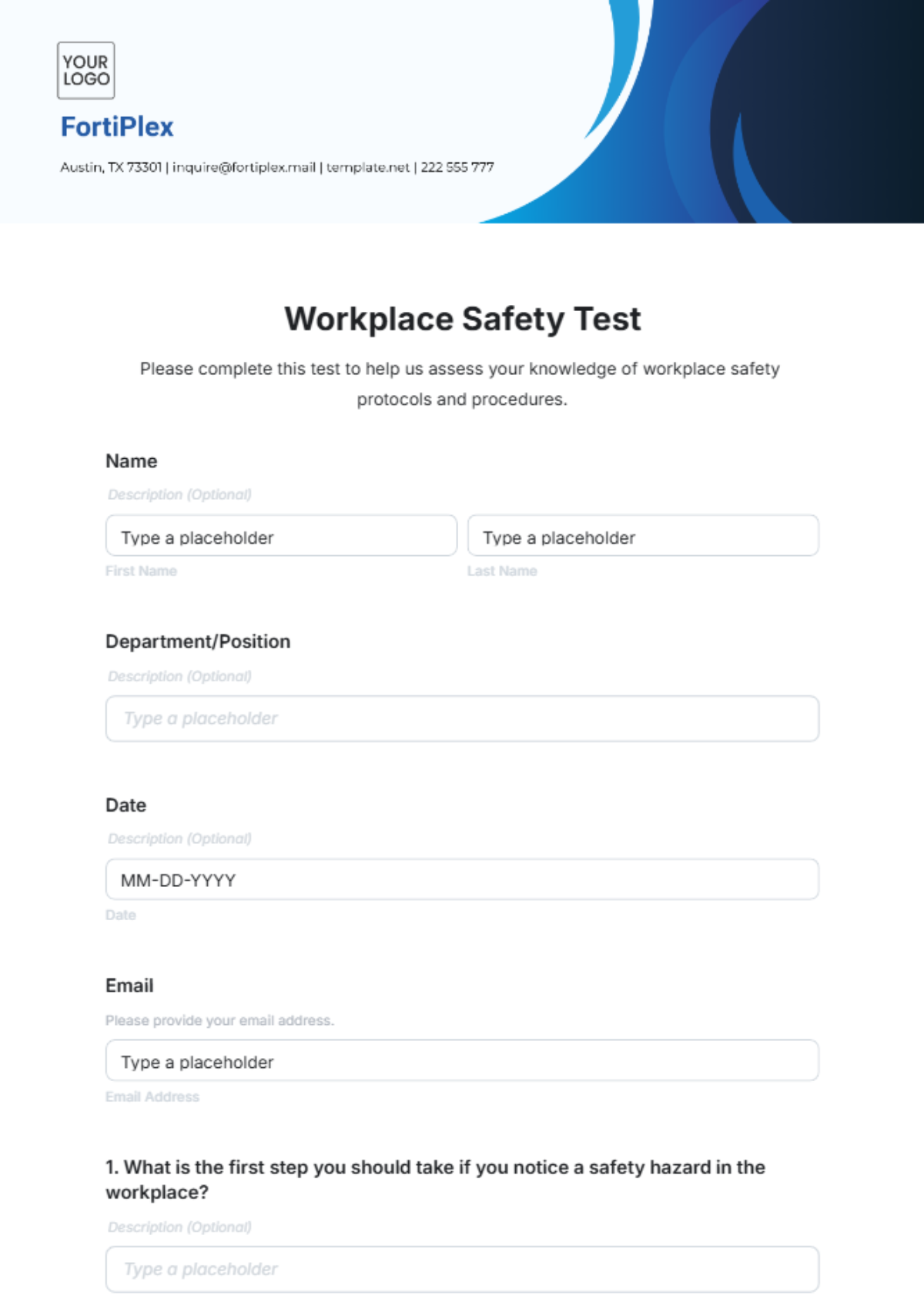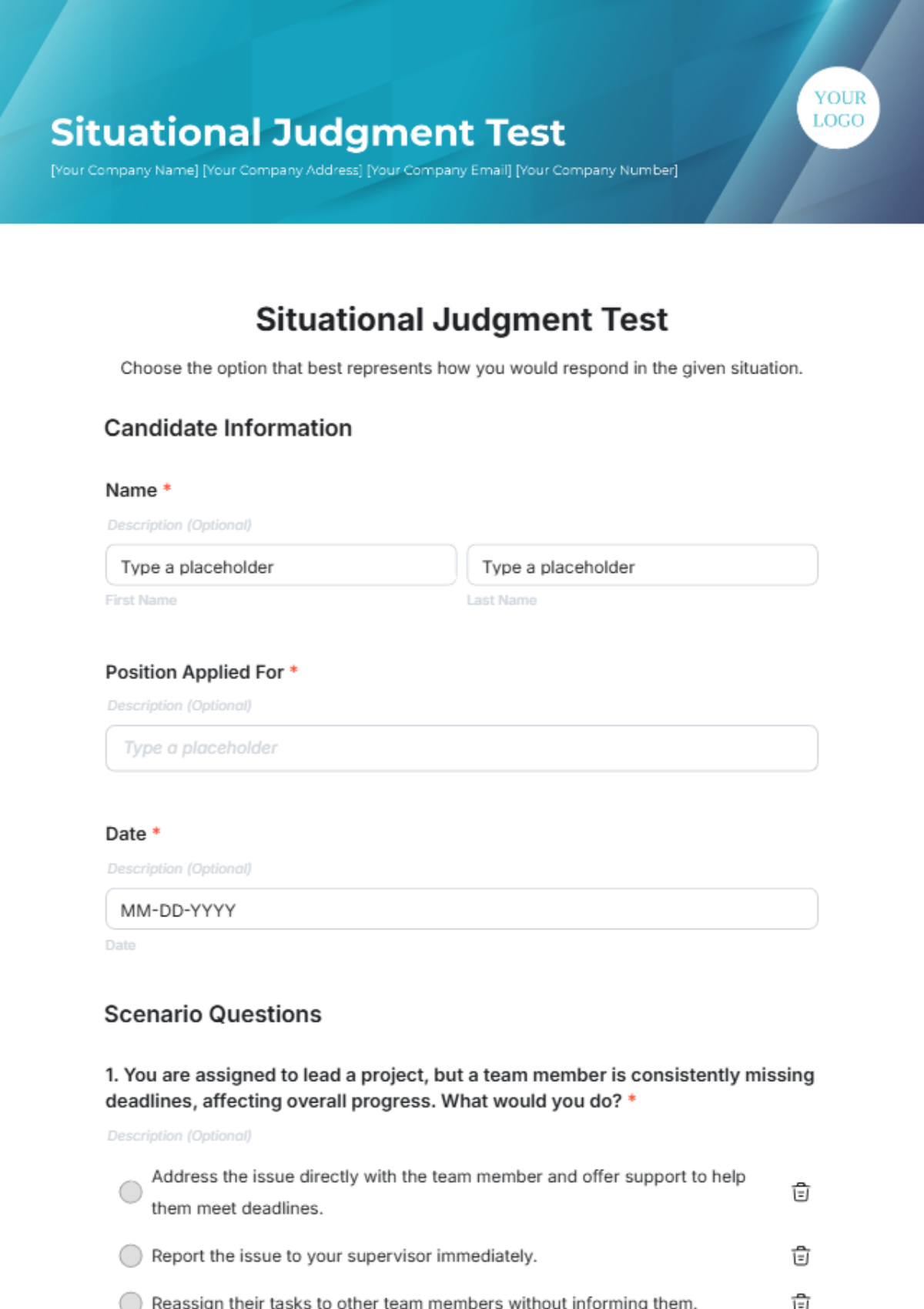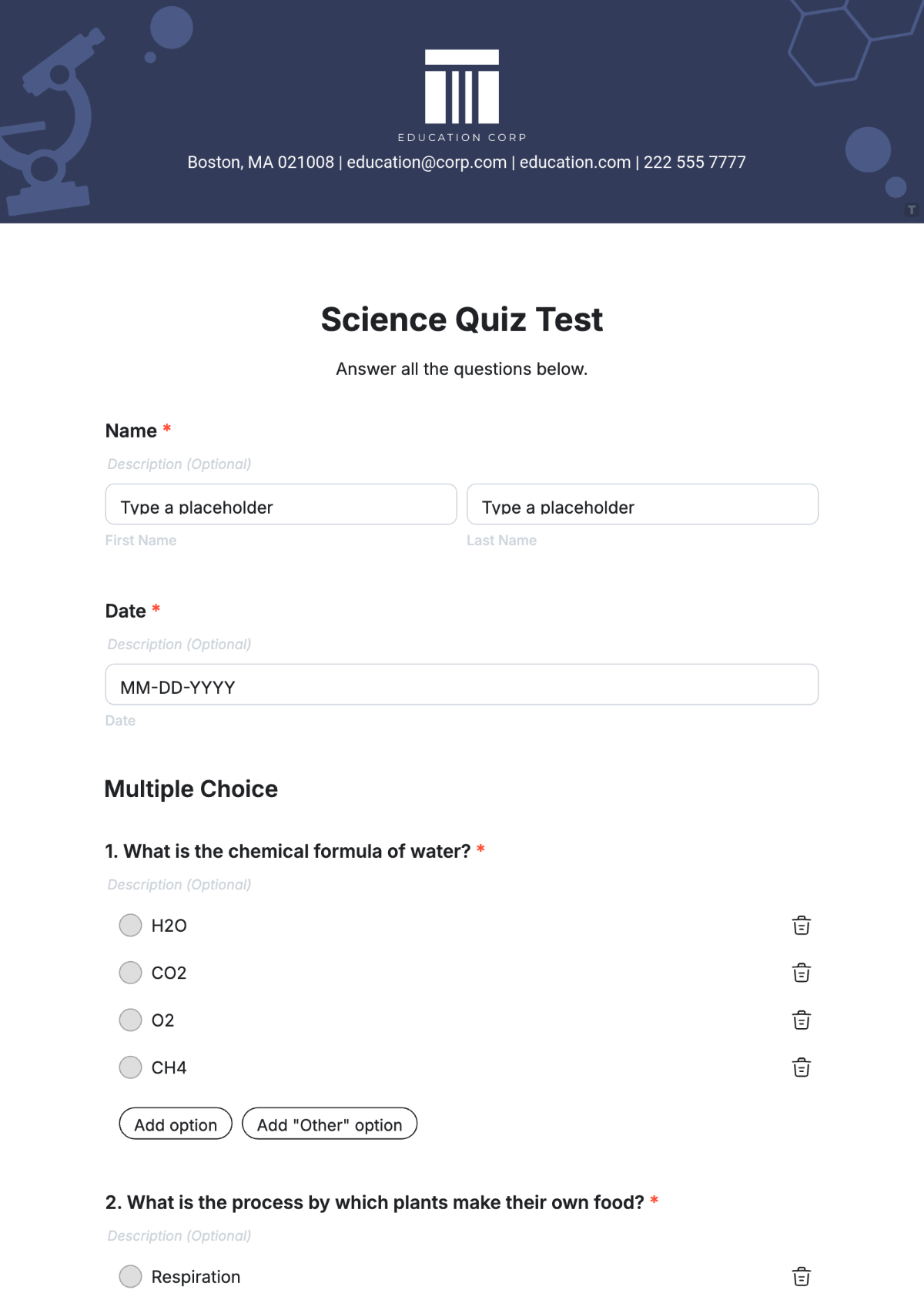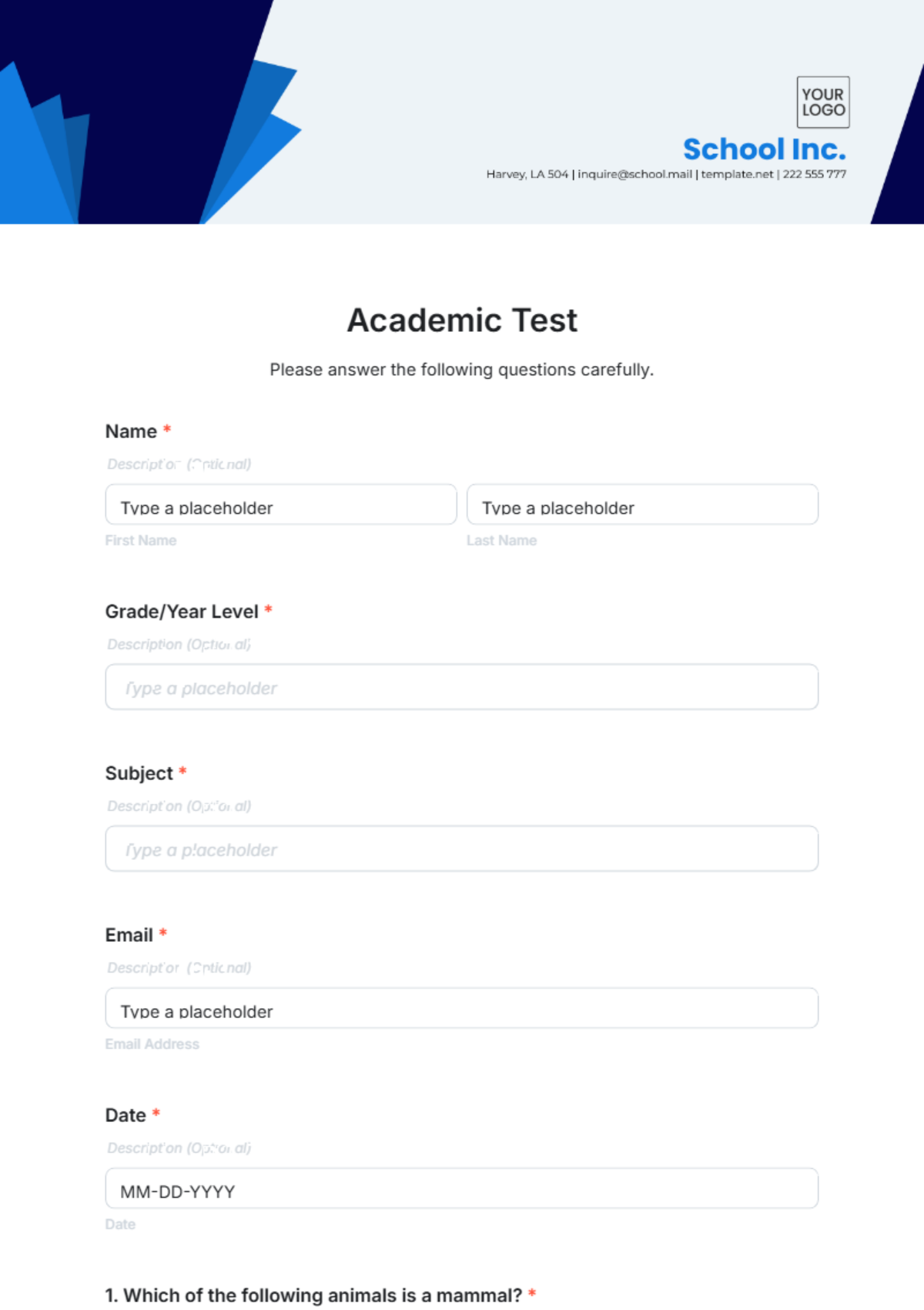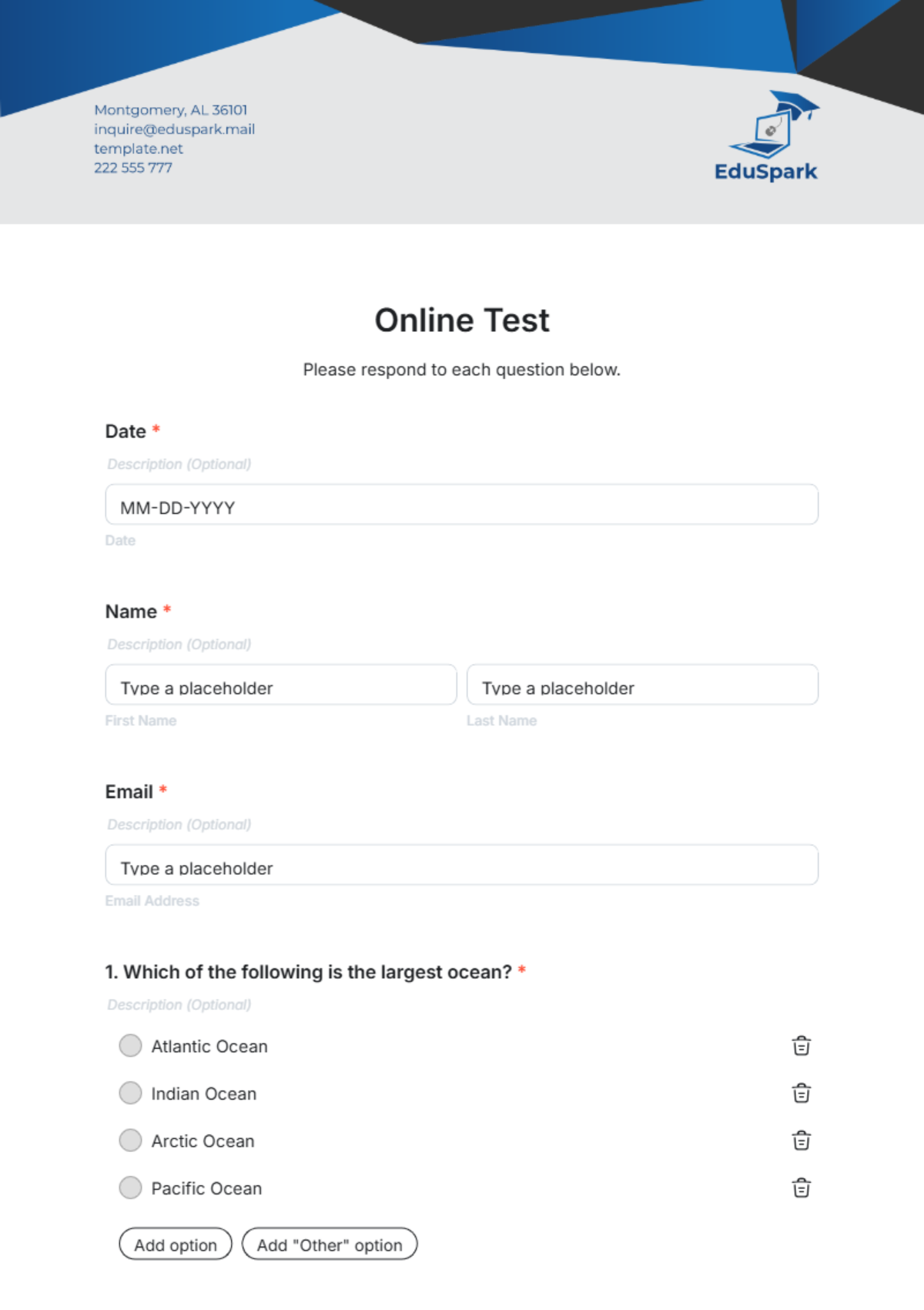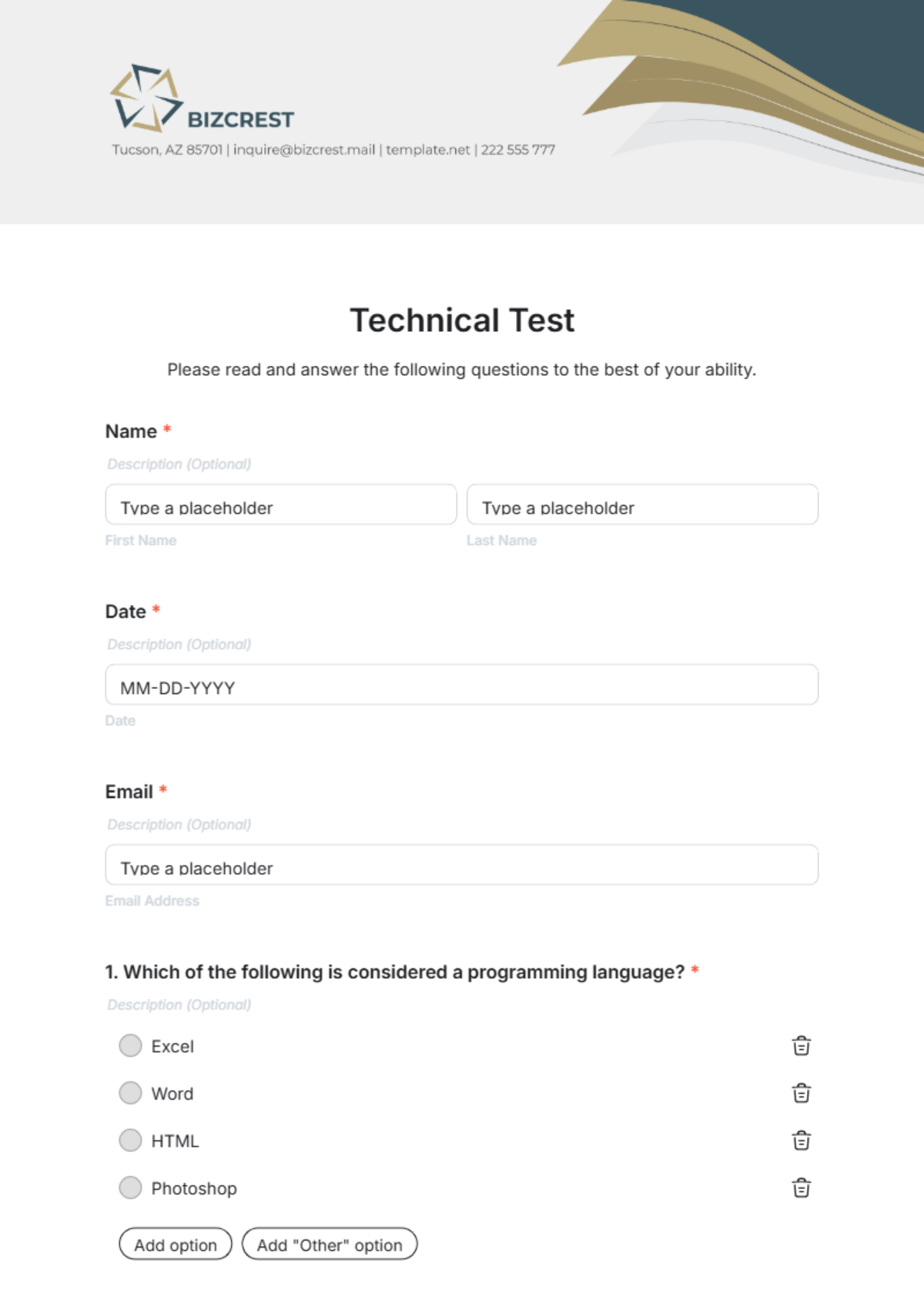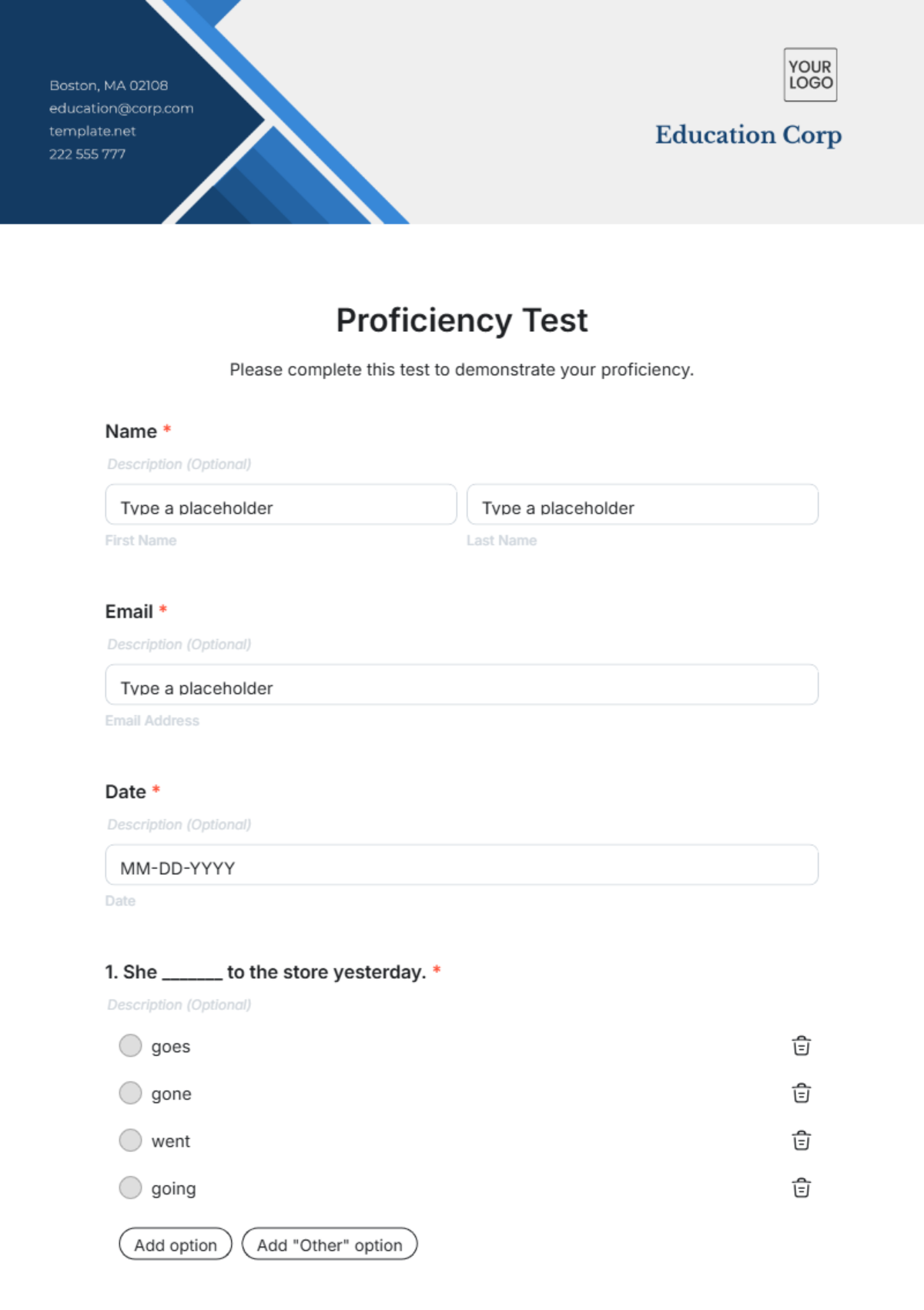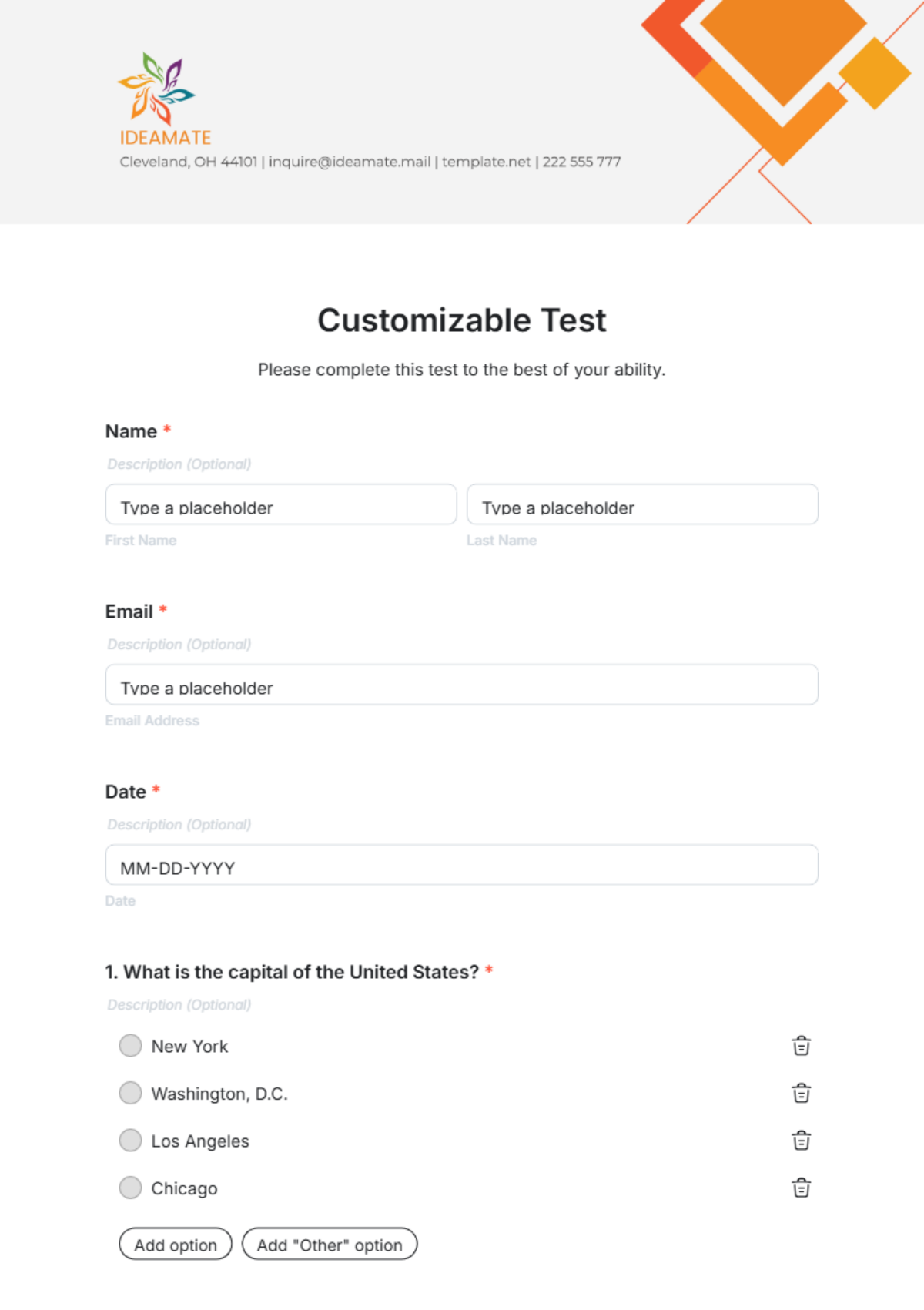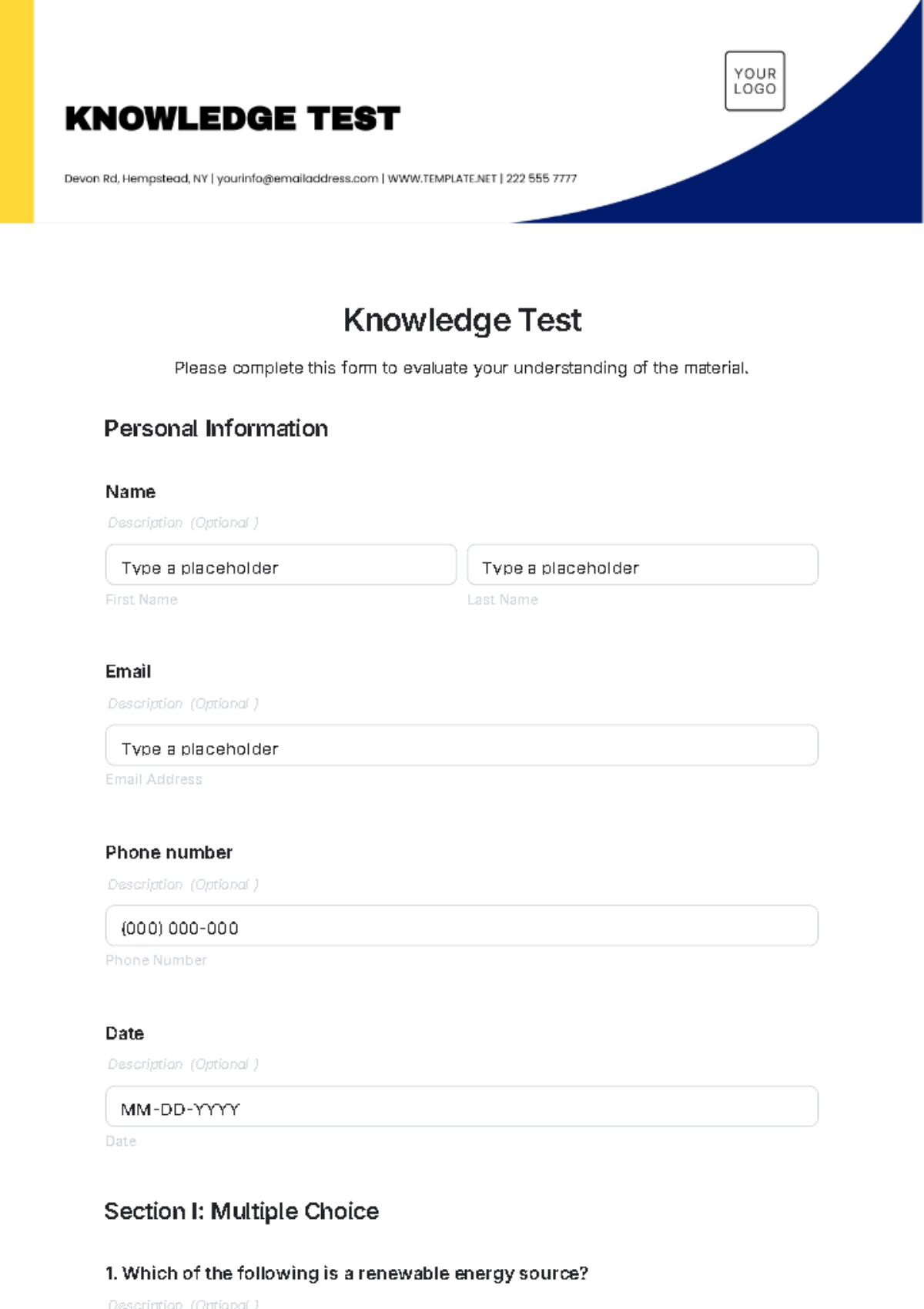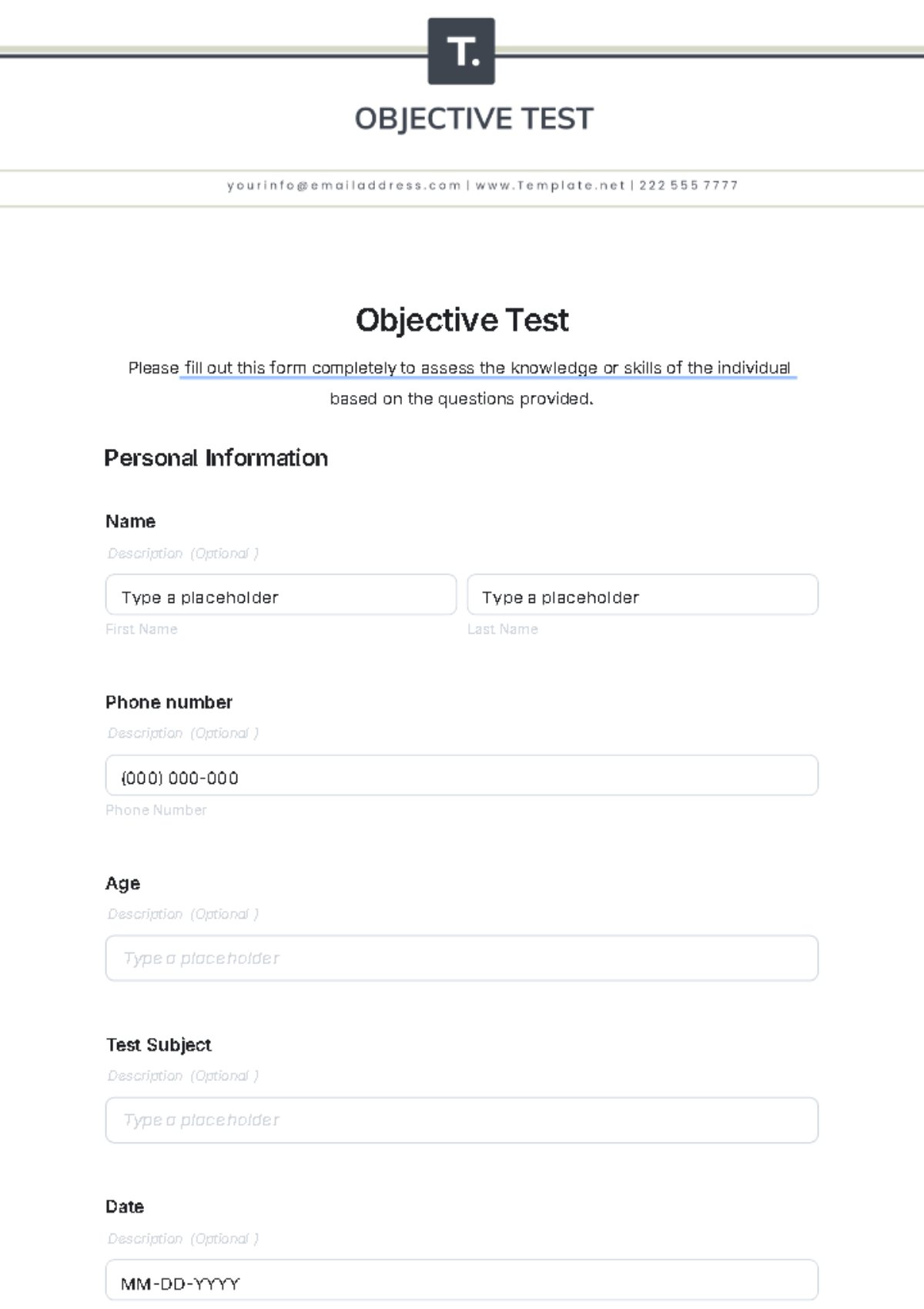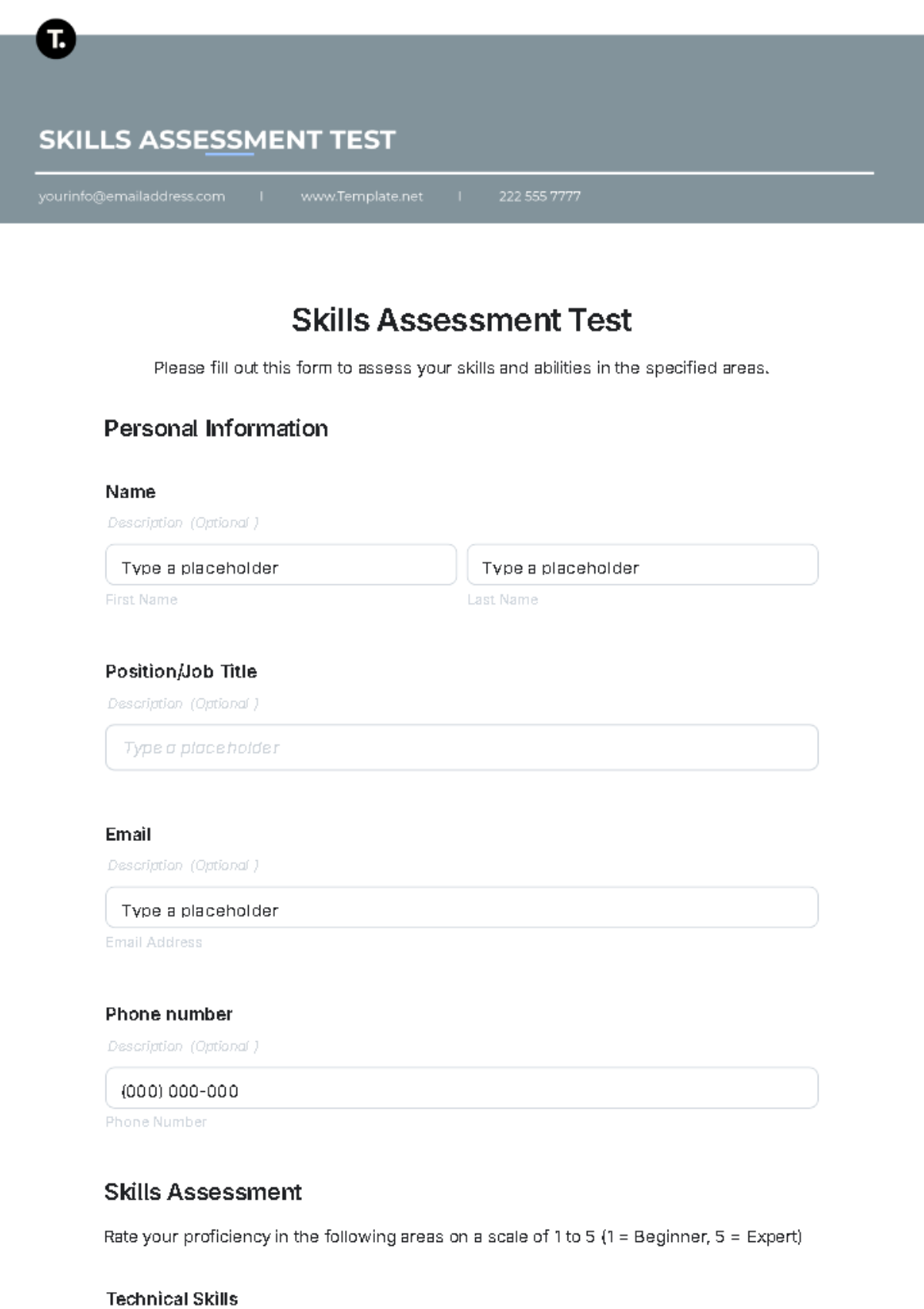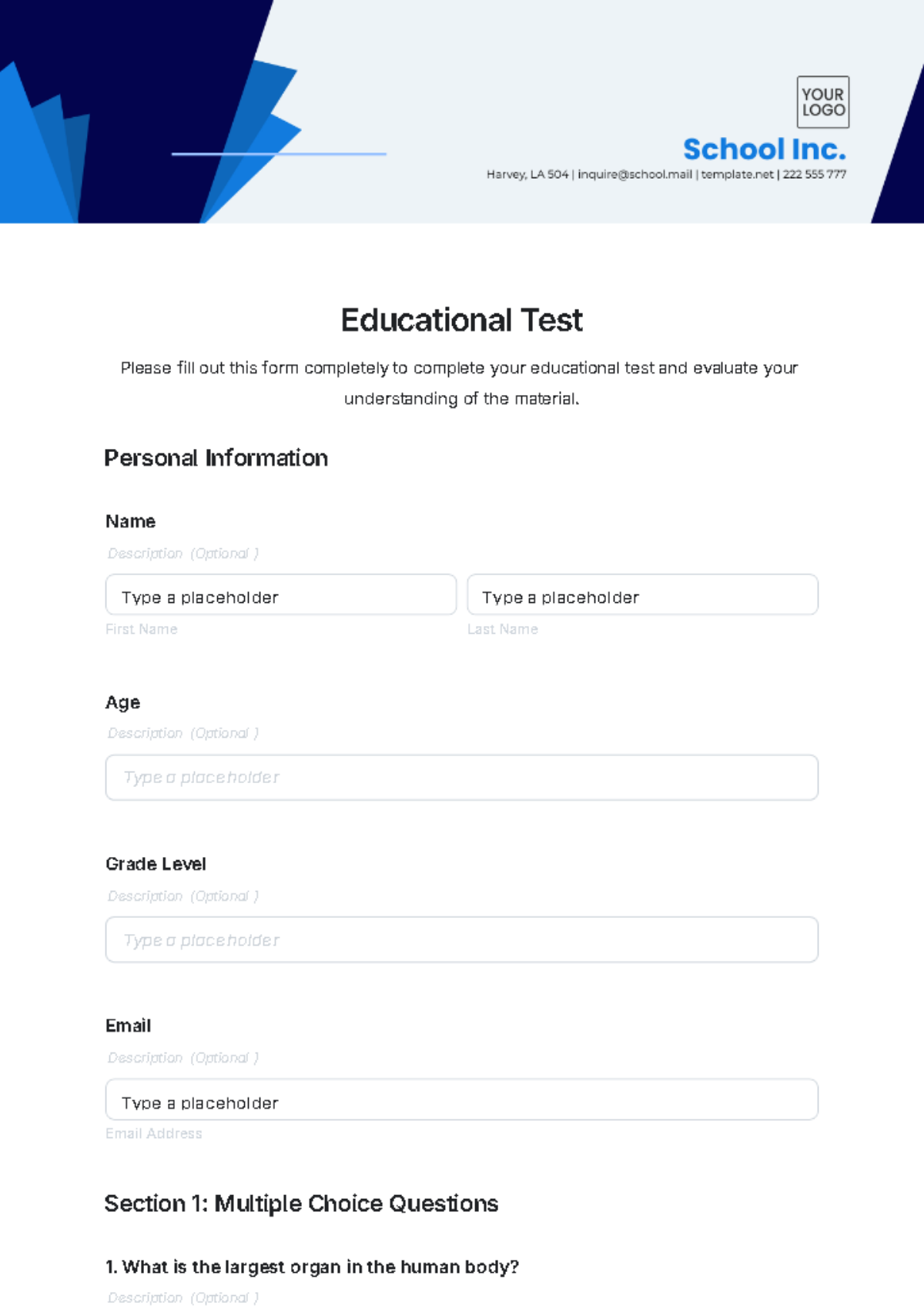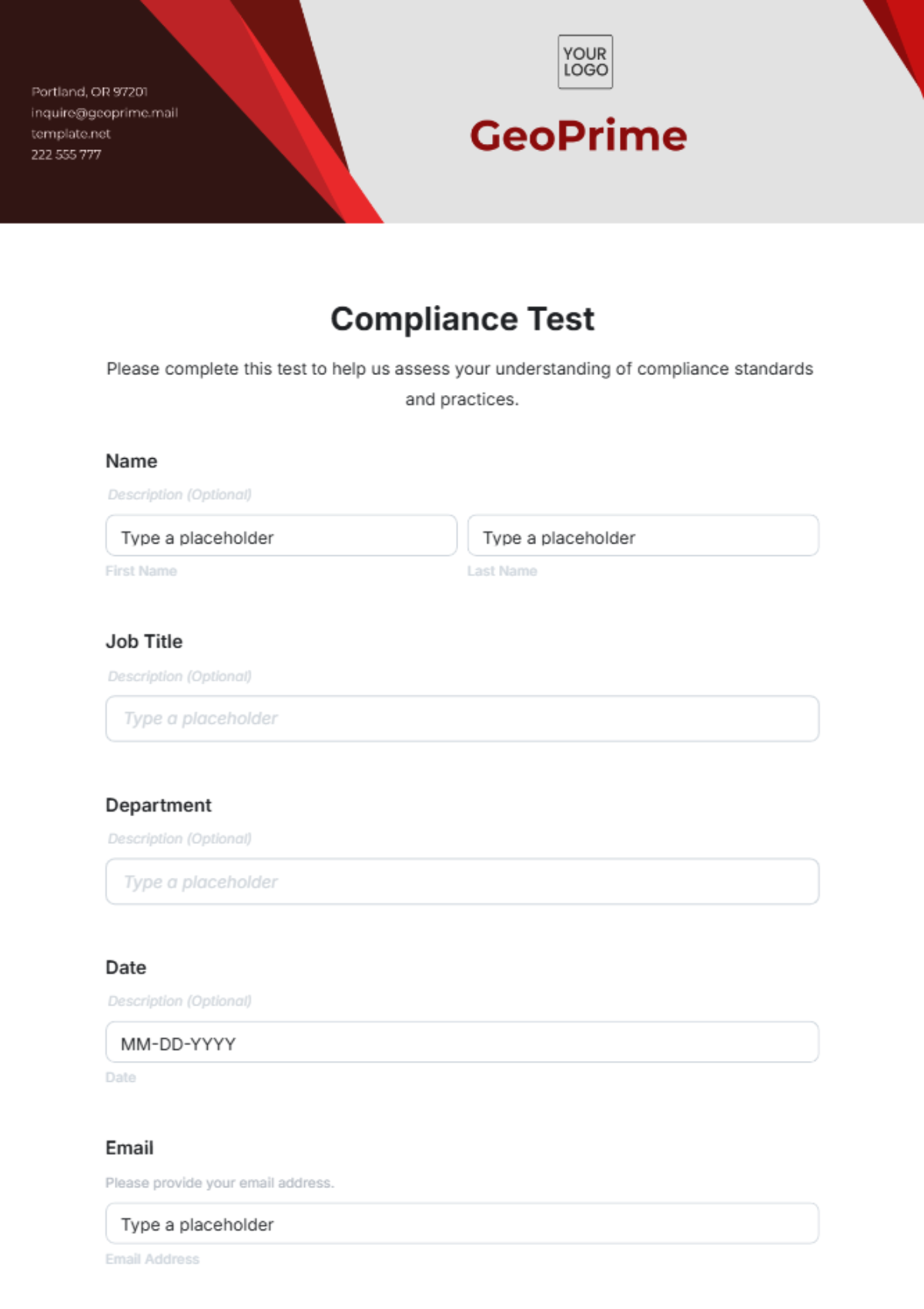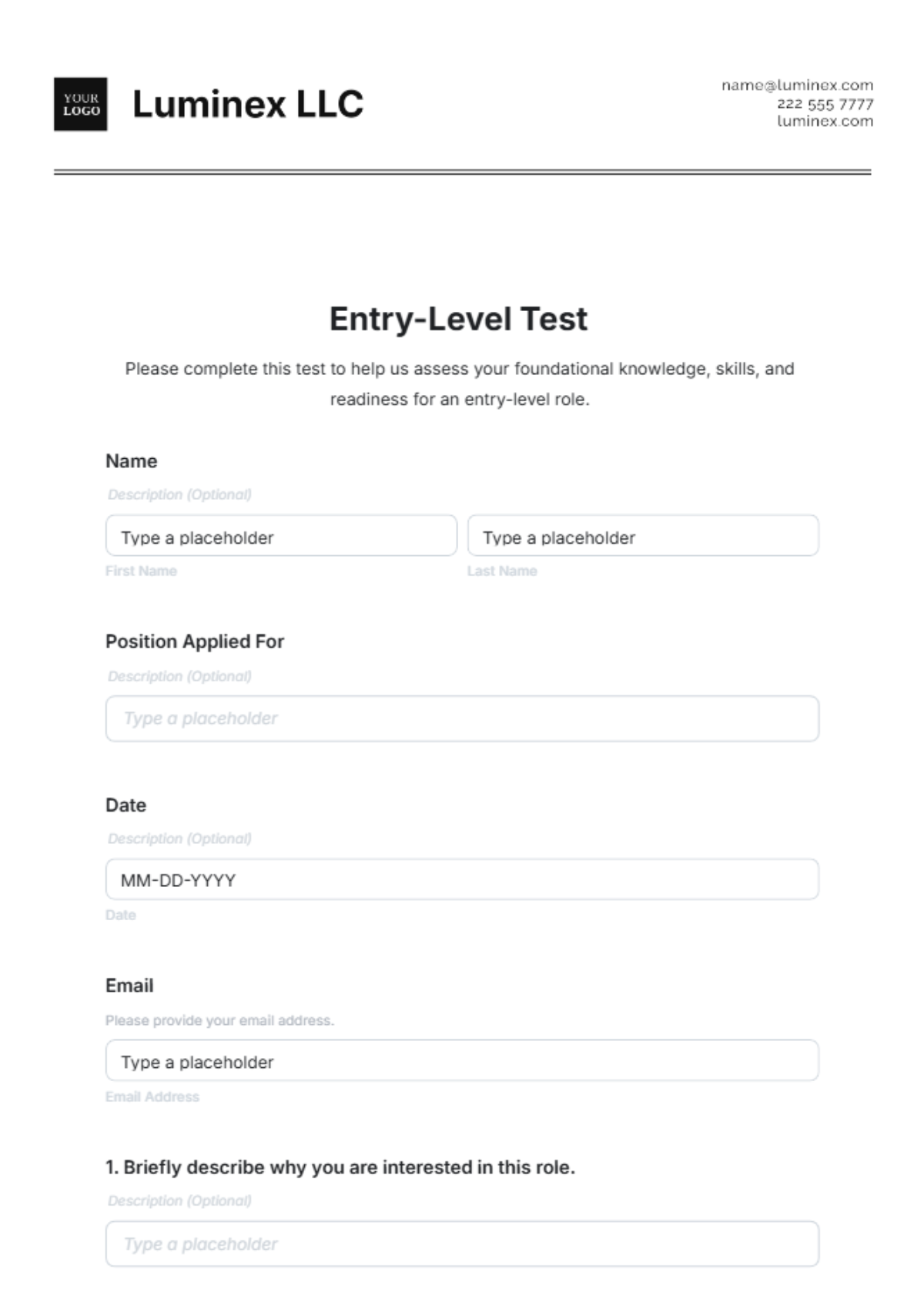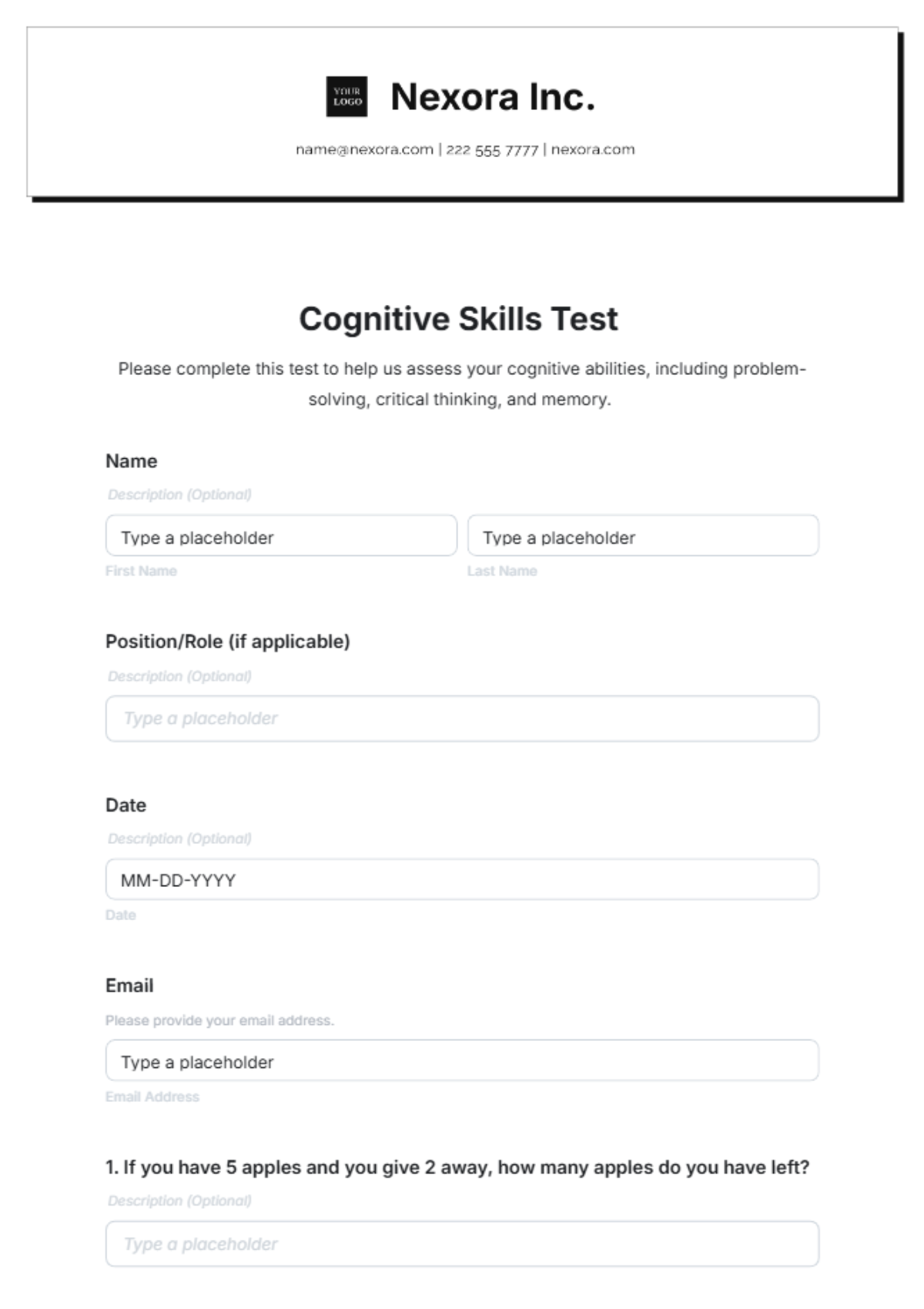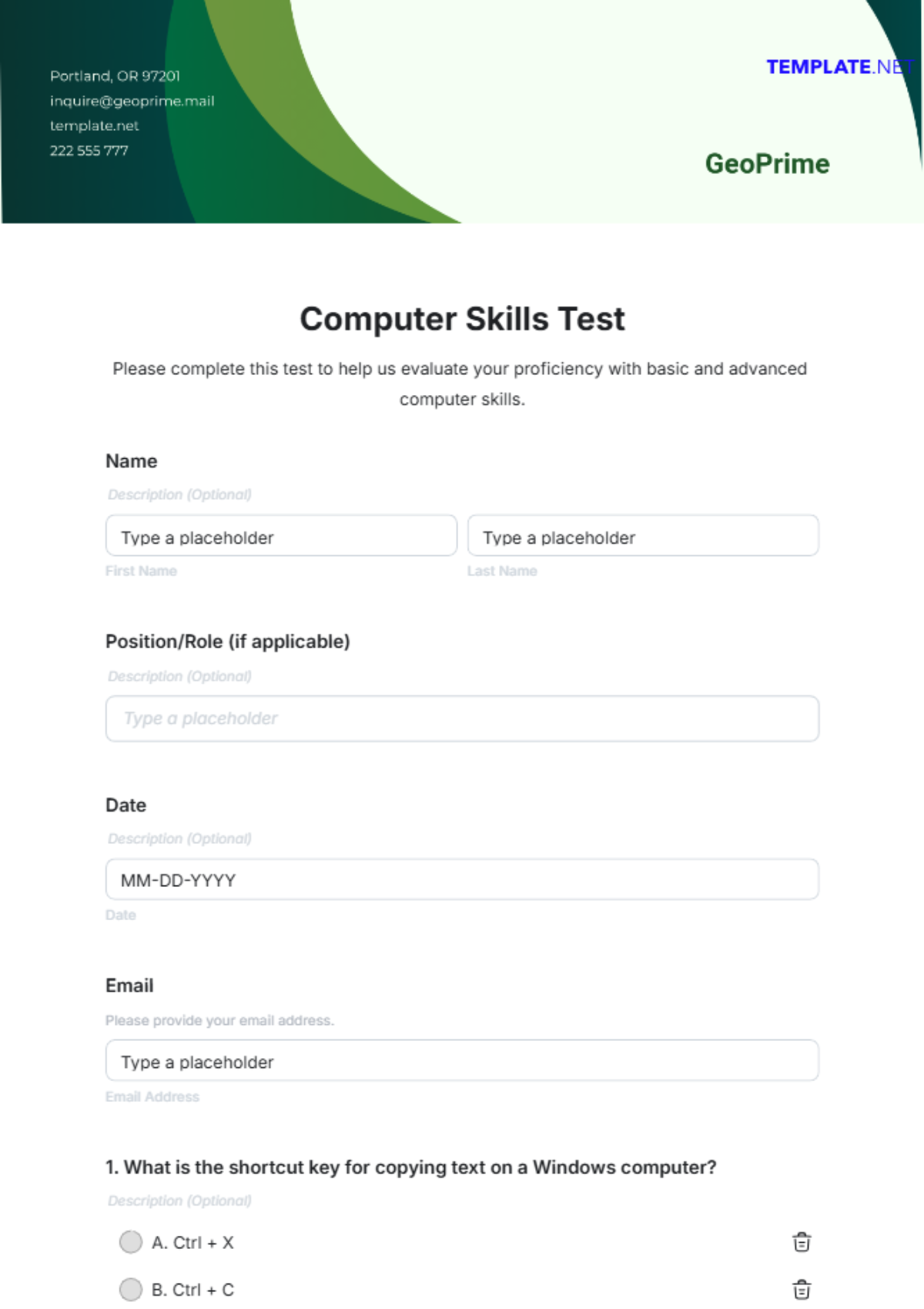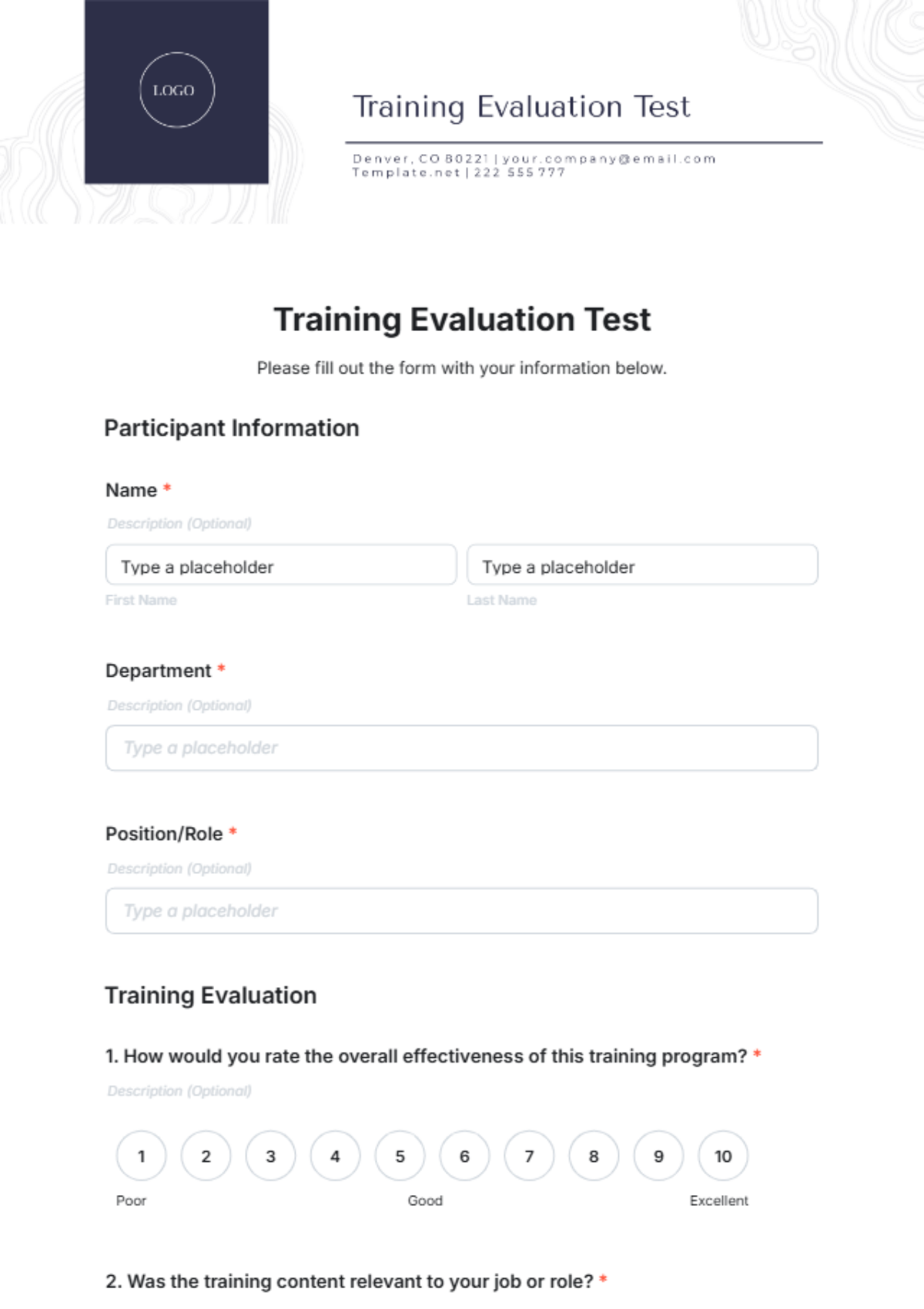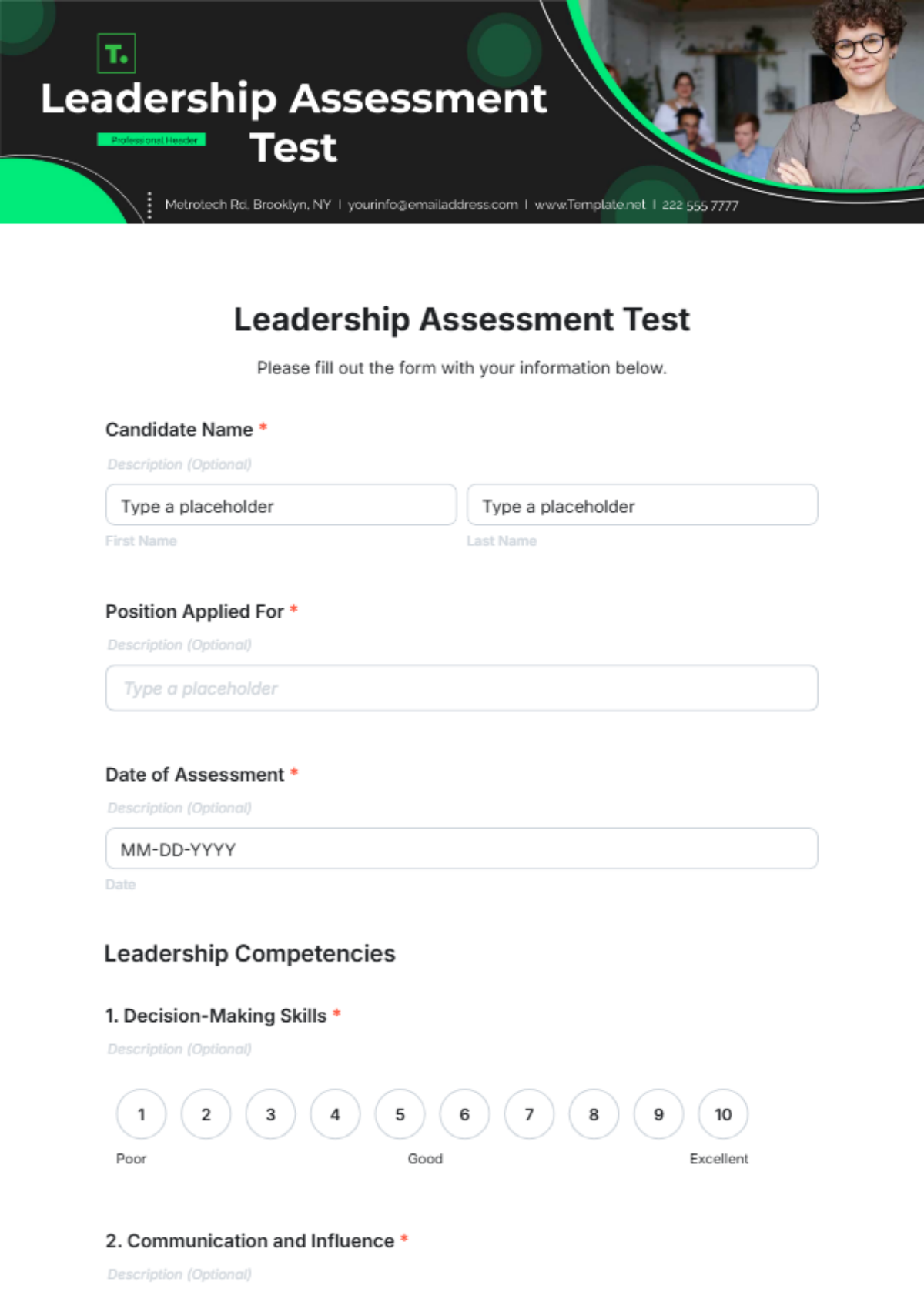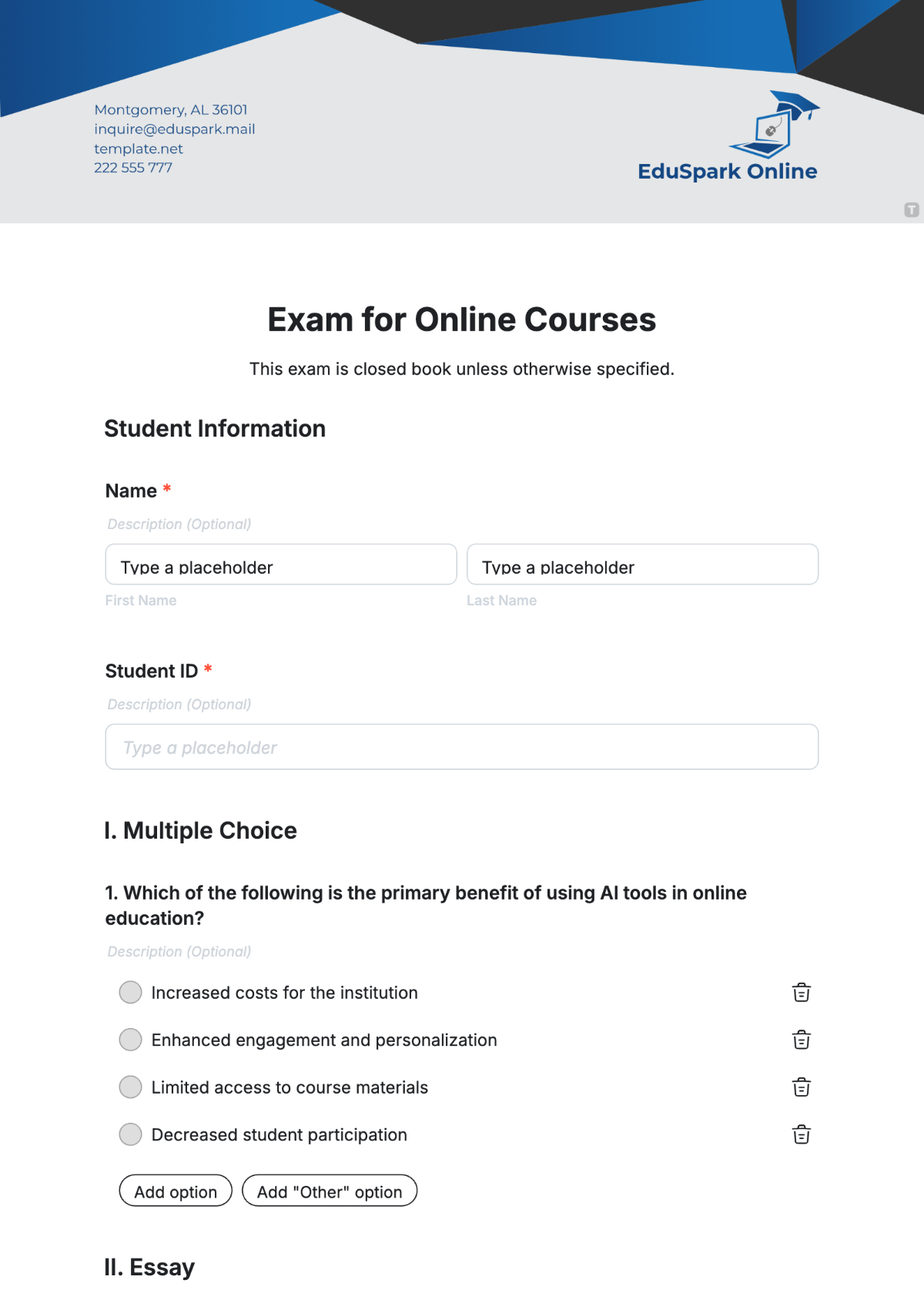Software Performance Test Plan
Prepared by: | [Your Name] |
Company: | [Your Company Name] |
Department: | [Your Department] |
Date: | [Date] |
I. Introduction
The purpose of this Software Performance Test Plan is to outline the strategy and approach for conducting performance testing of [YOUR COMPANY NAME]'s flagship e-commerce platform, "[APPLICATION NAME]." The testing will focus on capacity planning to ensure the application can handle expected loads and provide optimal performance to users.
II. Objectives
To assess the performance of the [APPLICATION NAME] application under normal and peak load conditions, ensuring responsiveness and reliability.
To identify any performance bottlenecks or areas of improvement, such as slow page loading times or database query optimization.
To establish performance benchmarks for future reference, aiding in the comparison of performance across different releases or updates.
To ensure the application meets scalability requirements as per business needs, accommodating growth in user traffic without significant degradation in performance.
III. Scope
The performance testing will cover the following aspects of [APPLICATION NAME]:
Functionality: Performance of key functions such as user login, product search, adding items to the cart, and checkout process.
Response Time: Time taken by the system to respond to user actions, including page loads and transaction processing.
Throughput: Rate of processing transactions or requests, measuring the system's capacity to handle concurrent users.
Resource Utilization: CPU, memory, and disk usage under various load conditions, ensuring efficient resource utilization.
Scalability: Ability to scale up or down based on increasing or decreasing loads, supporting growth in user base or seasonal fluctuations in traffic.
IV. Test Environment
1. Hardware:
Component | Description |
|---|---|
Server | Dell PowerEdge R740 |
Processor | 2x Intel Xeon Gold 6230 |
RAM | 128GB |
Storage | 1TB SSD |
Client Machines | HP EliteBook 840 G7 |
Processor | Intel Core i7 |
RAM | 16GB |
Storage | 512GB SSD |
2. Software:
Component | Version |
|---|---|
Operating System | Windows Server 2029 |
Application Server | Apache Tomcat 9.0.50 |
Database Server | MySQL 8.0.23 |
V. Test Scenarios
Normal Load Testing: Simulating 100 concurrent users browsing the website, searching for products, and completing purchases during typical usage scenarios.
Peak Load Testing: Simulating 500 concurrent users accessing the website simultaneously to assess system performance under stress, such as during holiday sales events.
Endurance Testing: Running the system under sustained loads of 200 concurrent users for 8 hours to evaluate its stability over an extended period.
Scalability Testing: Gradually increasing the load from 100 to 500 users to determine the system's scalability limits and identify any performance degradation.
VI. Test Execution
Test Plan Preparation: John Doe, the Test Lead, will prepare the detailed test plan based on the outlined scenarios, ensuring alignment with business requirements.
Test Environment Setup: The testing environment will be set up according to the specified hardware and software configurations, including network configurations to simulate real-world conditions.
Test Data Preparation: Relevant test data, including product catalogs and user profiles, will be generated or obtained to simulate realistic user scenarios and transaction volumes.
Test Execution: Performance tests will be executed using Apache JMeter, with scripts designed to simulate user interactions and measure response times and throughput.
Monitoring and Analysis: Performance metrics, such as response times, throughput, and resource utilization, will be continuously monitored and analyzed using JMeter plugins and MySQL monitoring tools to identify any performance issues or bottlenecks.
Reporting: A comprehensive report will be generated summarizing test results, findings, and recommendations for improvement, including actionable insights for optimizing performance and enhancing scalability.
VII. Roles and Responsibilities
Role | Responsibilities |
|---|---|
[YOUR NAME] (Test Lead) |
|
Development Team |
|
QA Team |
|
Project Manager |
|
VIII. Timeline
Activity | Start Date | End Date |
|---|---|---|
Test Plan Preparation | May 25, 2050 | May 28, 2050 |
Test Environment Setup | May 29, 2050 | June 1, 2050 |
Test Data Preparation | June 2, 2050 | June 4, 2050 |
Test Execution | June 5, 2050 | June 8, 2050 |
Monitoring and Analysis | June 9, 2050 | June 10, 2050 |
Reporting | June 11, 2050 | June 12, 2050 |
IX. Risks and Contingencies
Potential risks related to performance testing will be identified, assessed, and addressed throughout the testing process.
Contingency plans will be developed to mitigate identified risks and ensure the successful completion of performance testing activities.
Risks may include hardware or software failures, unexpected spikes in user traffic, or performance issues impacting the production environment.
Regular risk assessments will be conducted to monitor and manage risks effectively, minimizing their impact on project timelines and objectives.
X. Approval
This Software Performance Test Plan is approved by:
[YOUR NAME], Test Lead
[YOUR COMPANY NAME]
